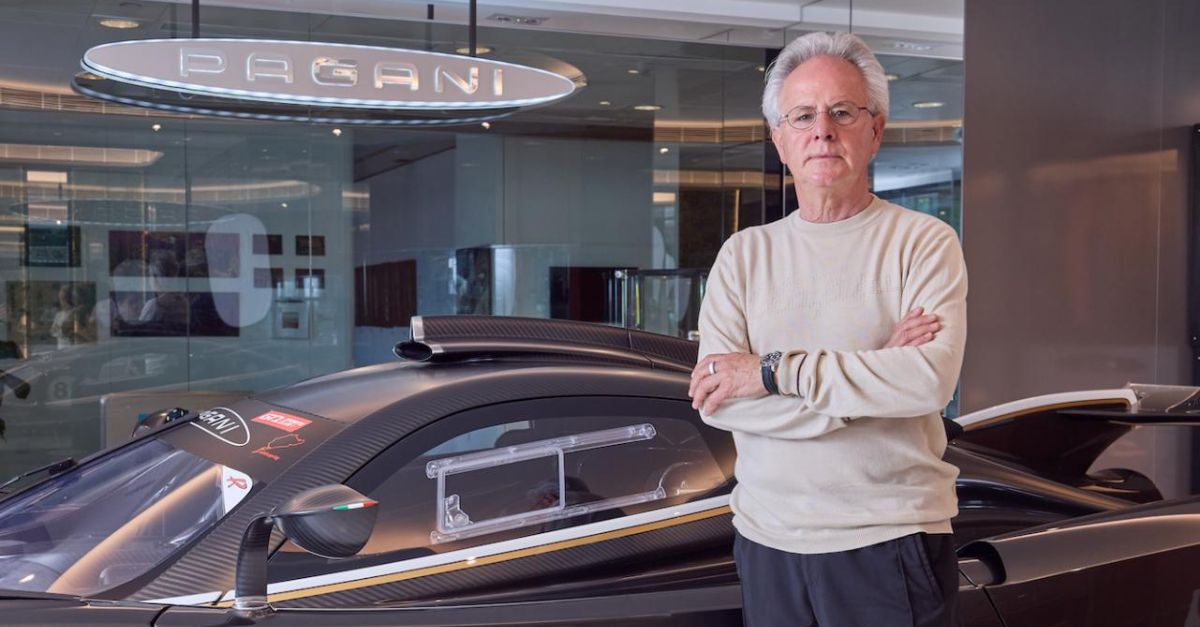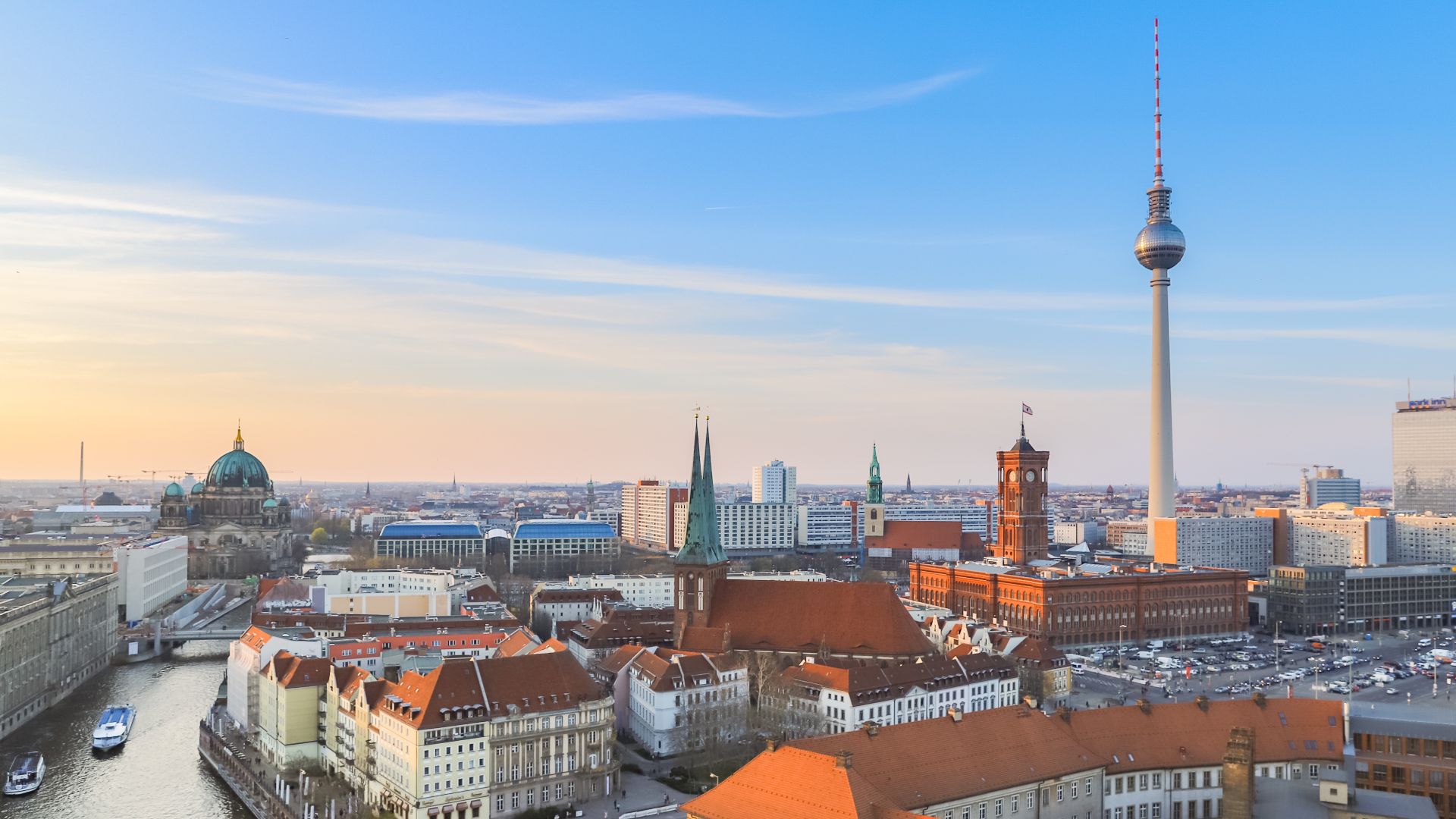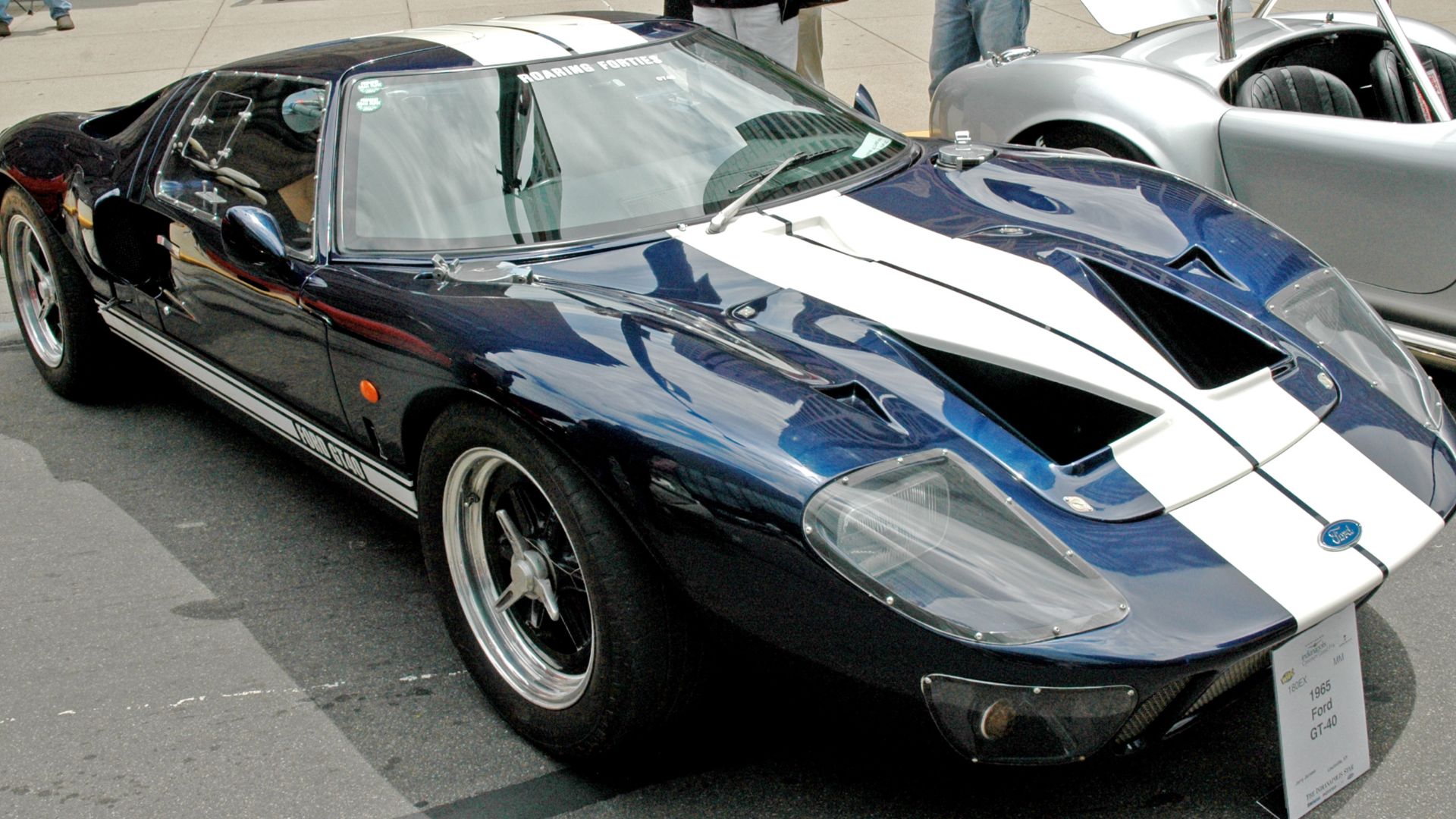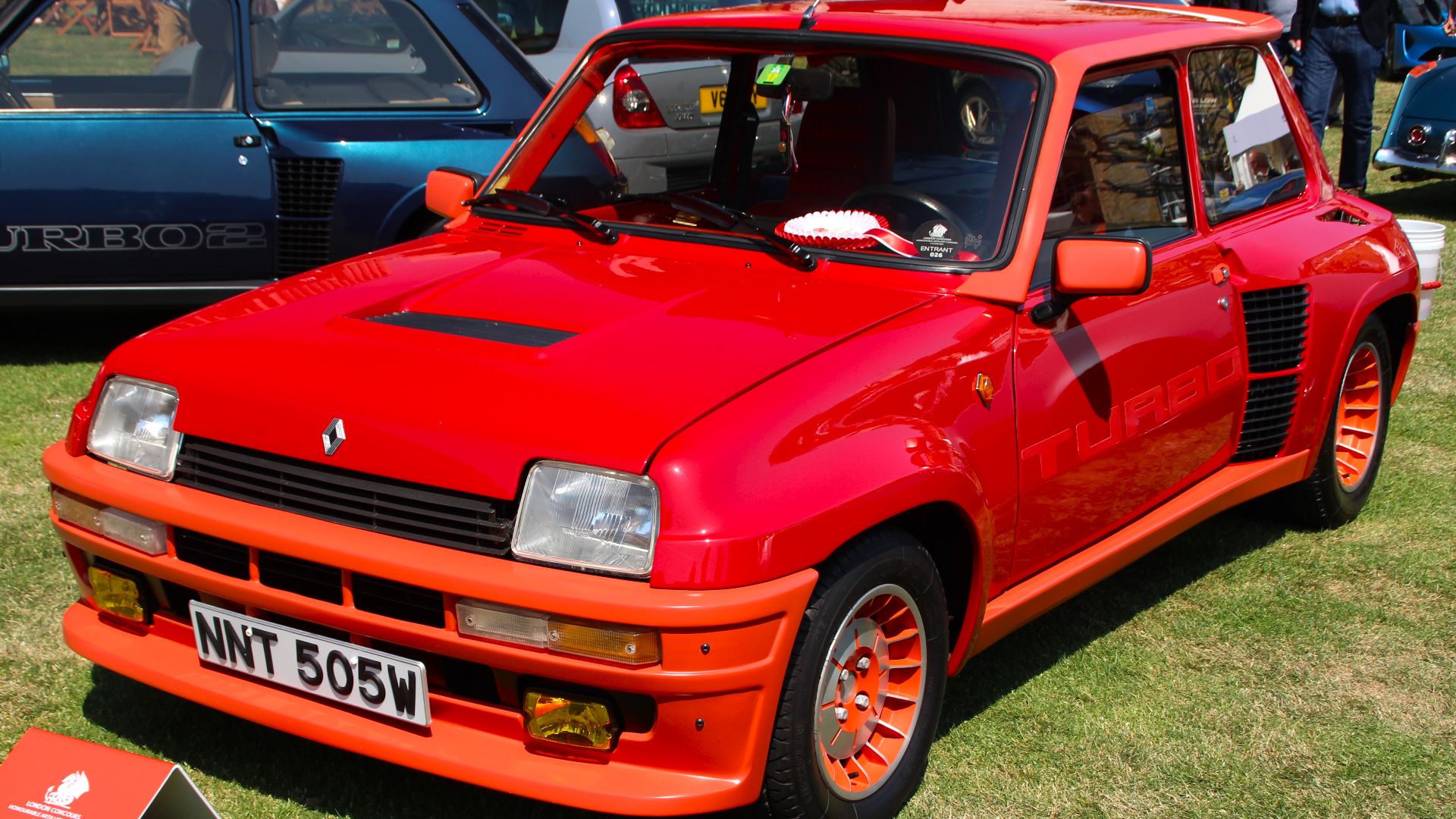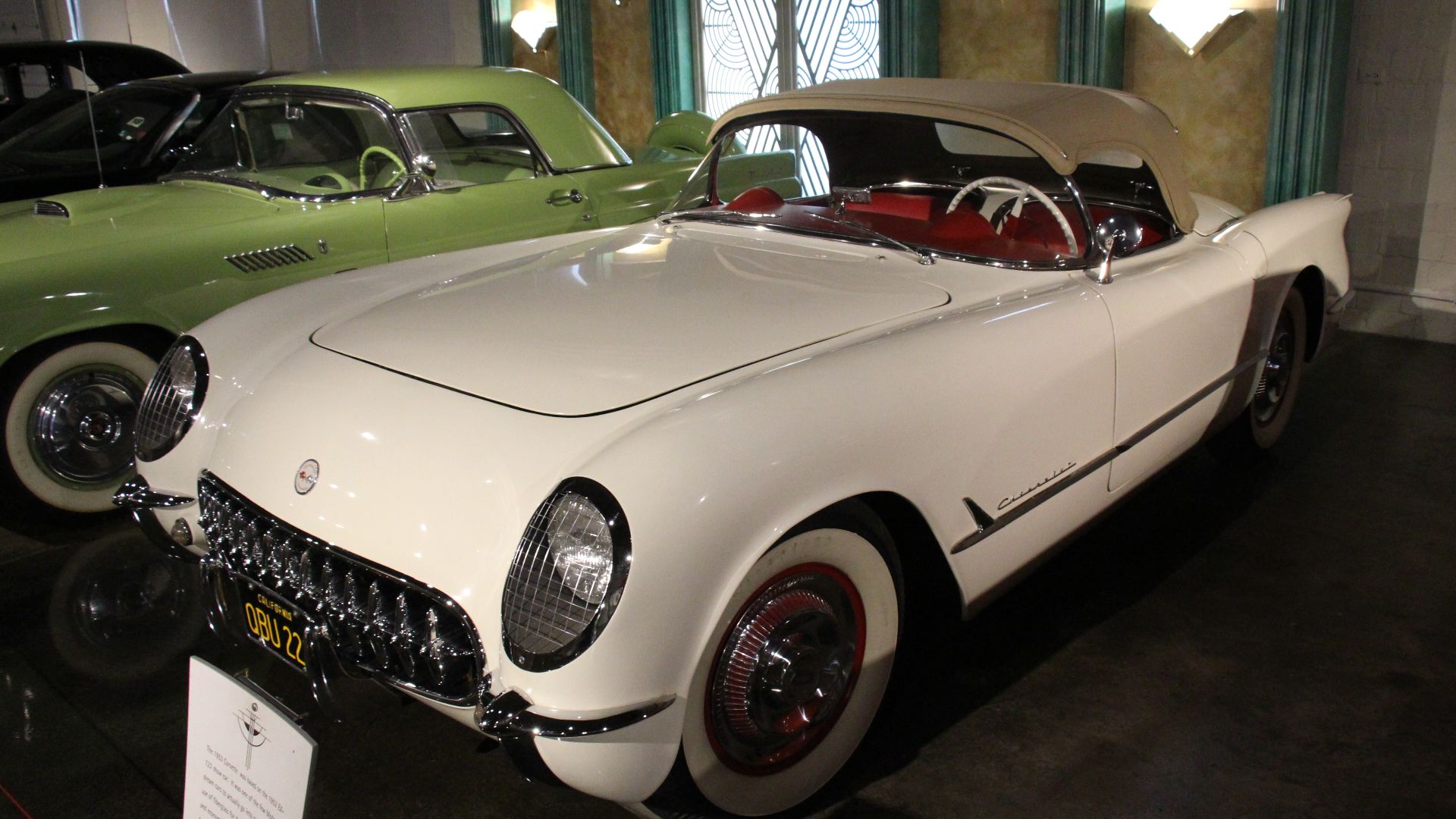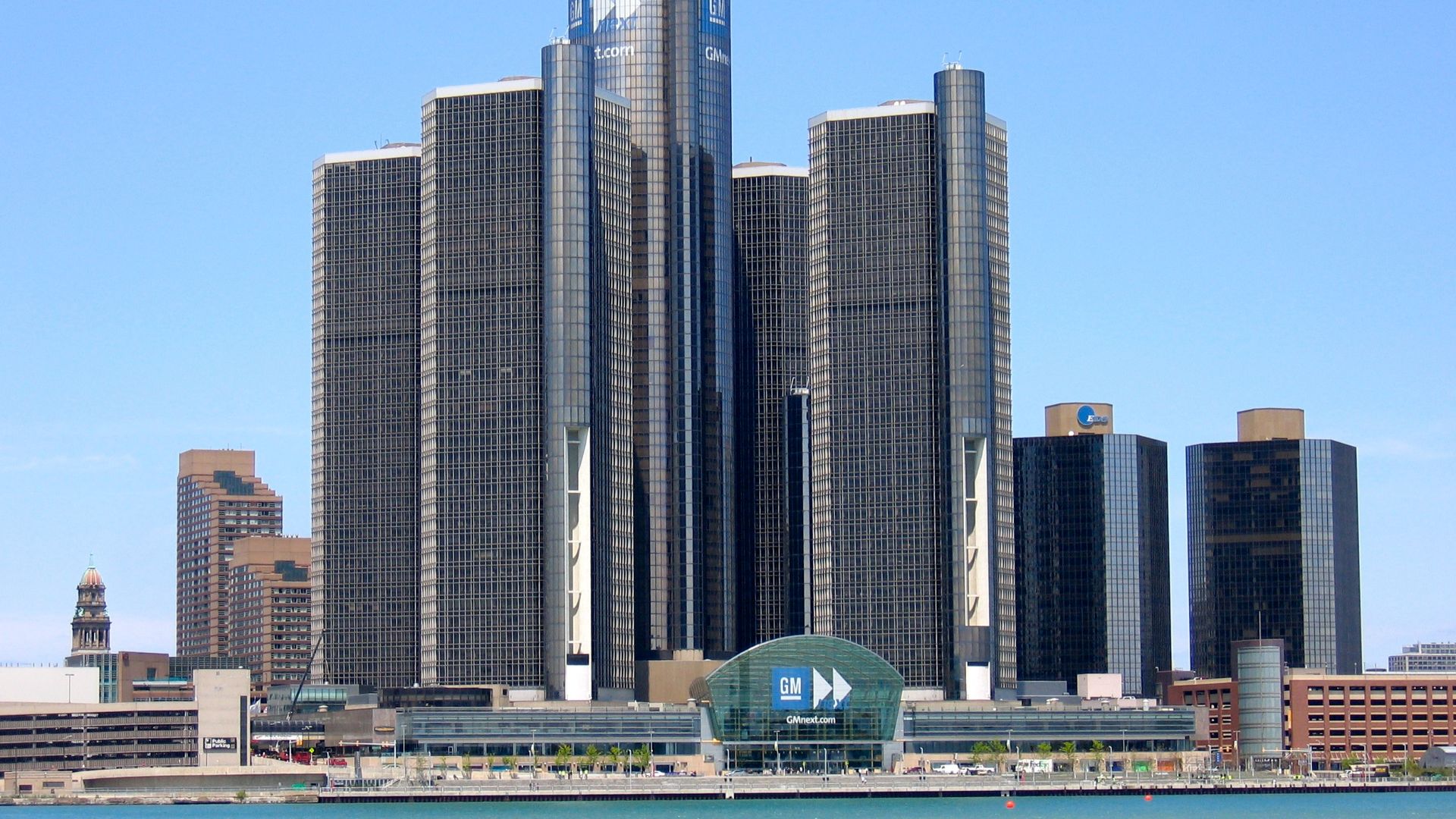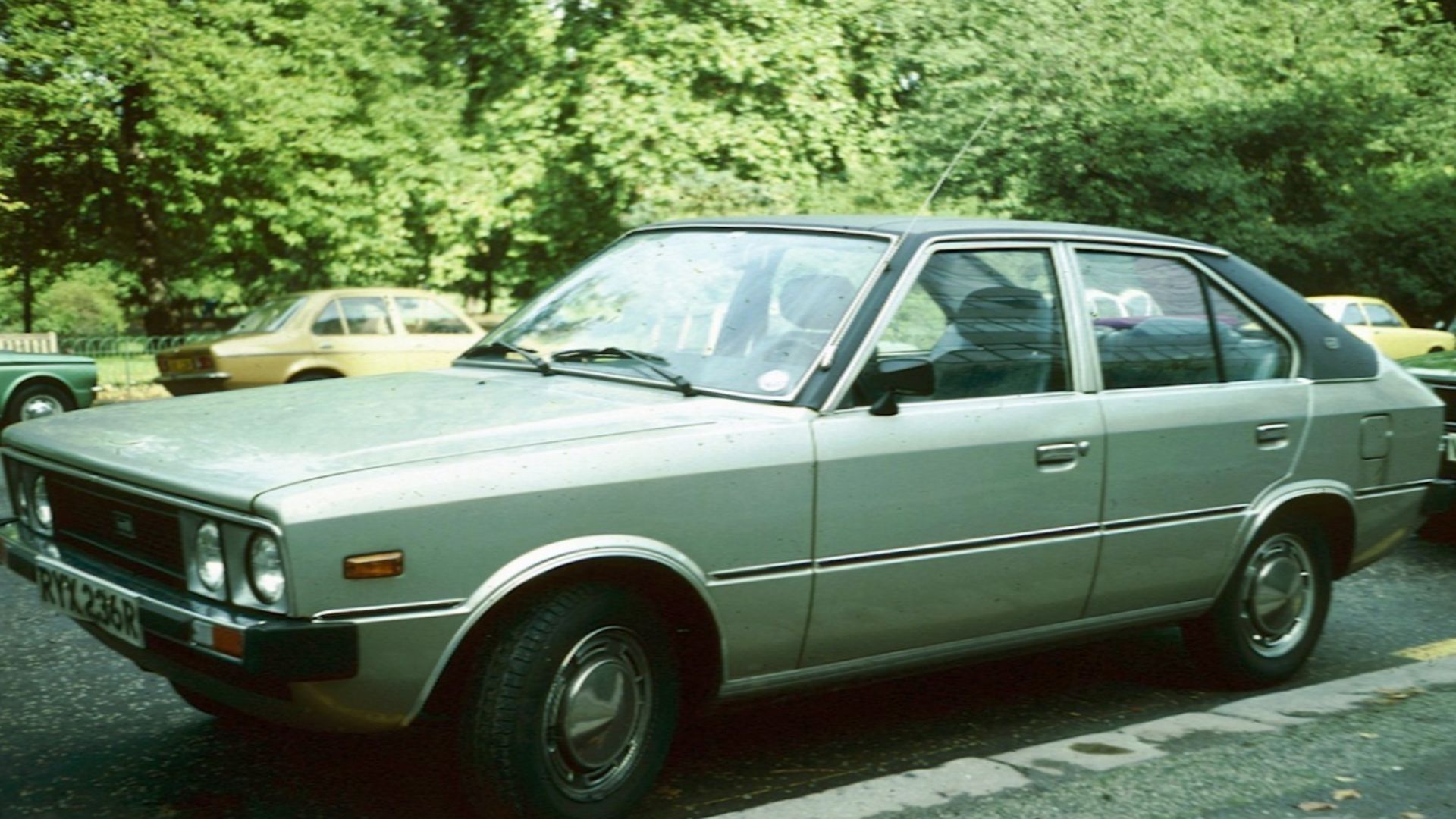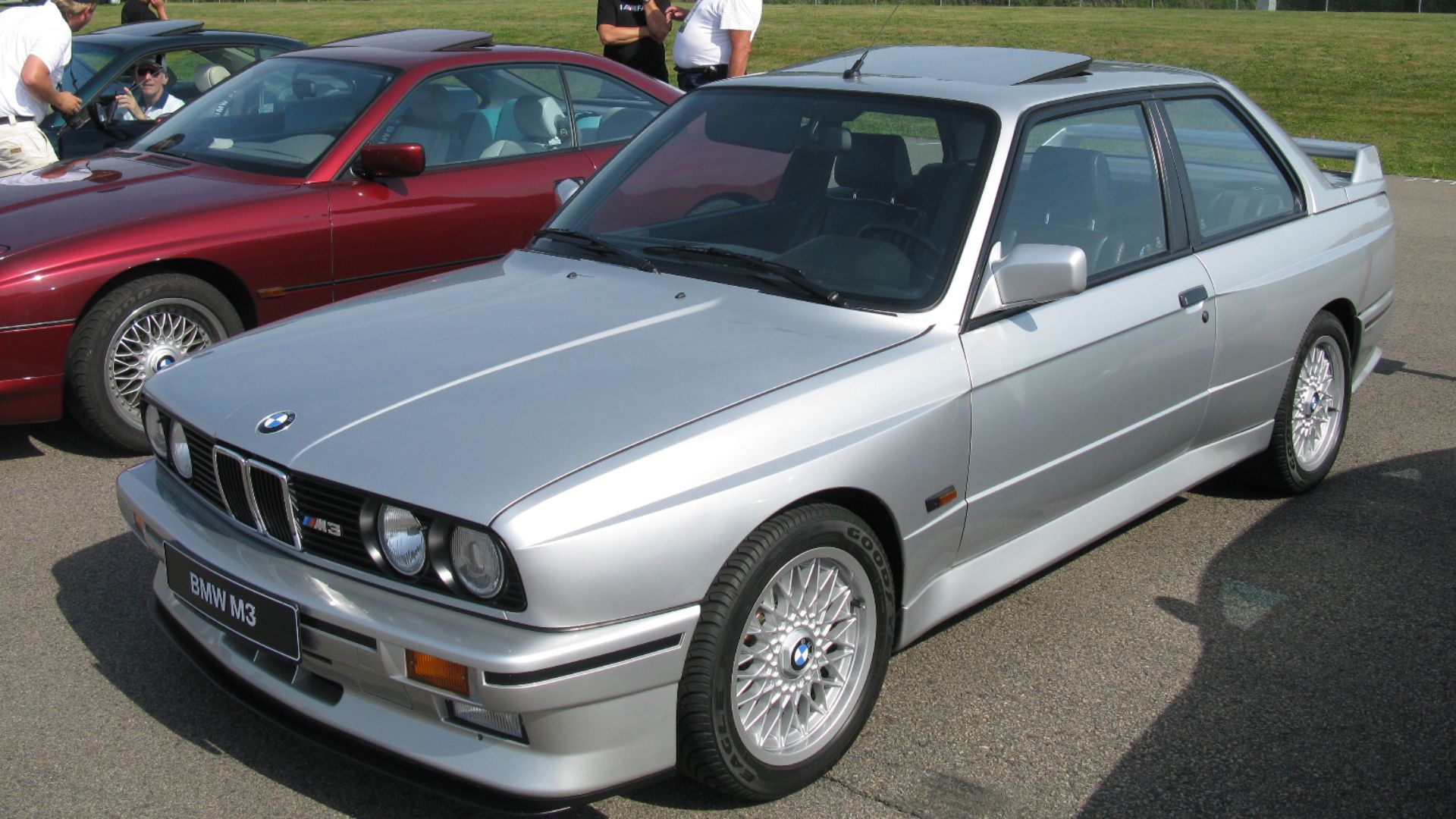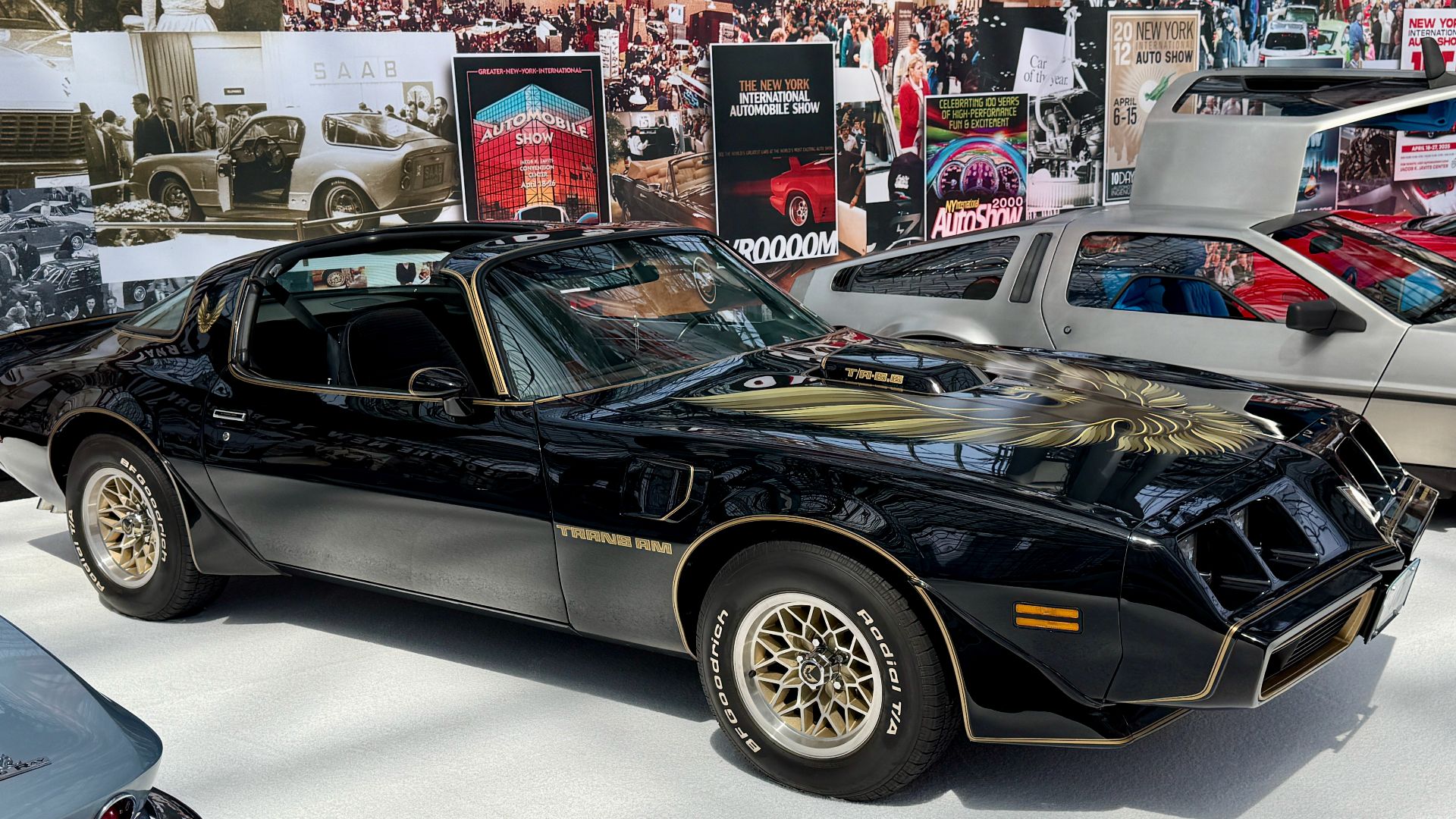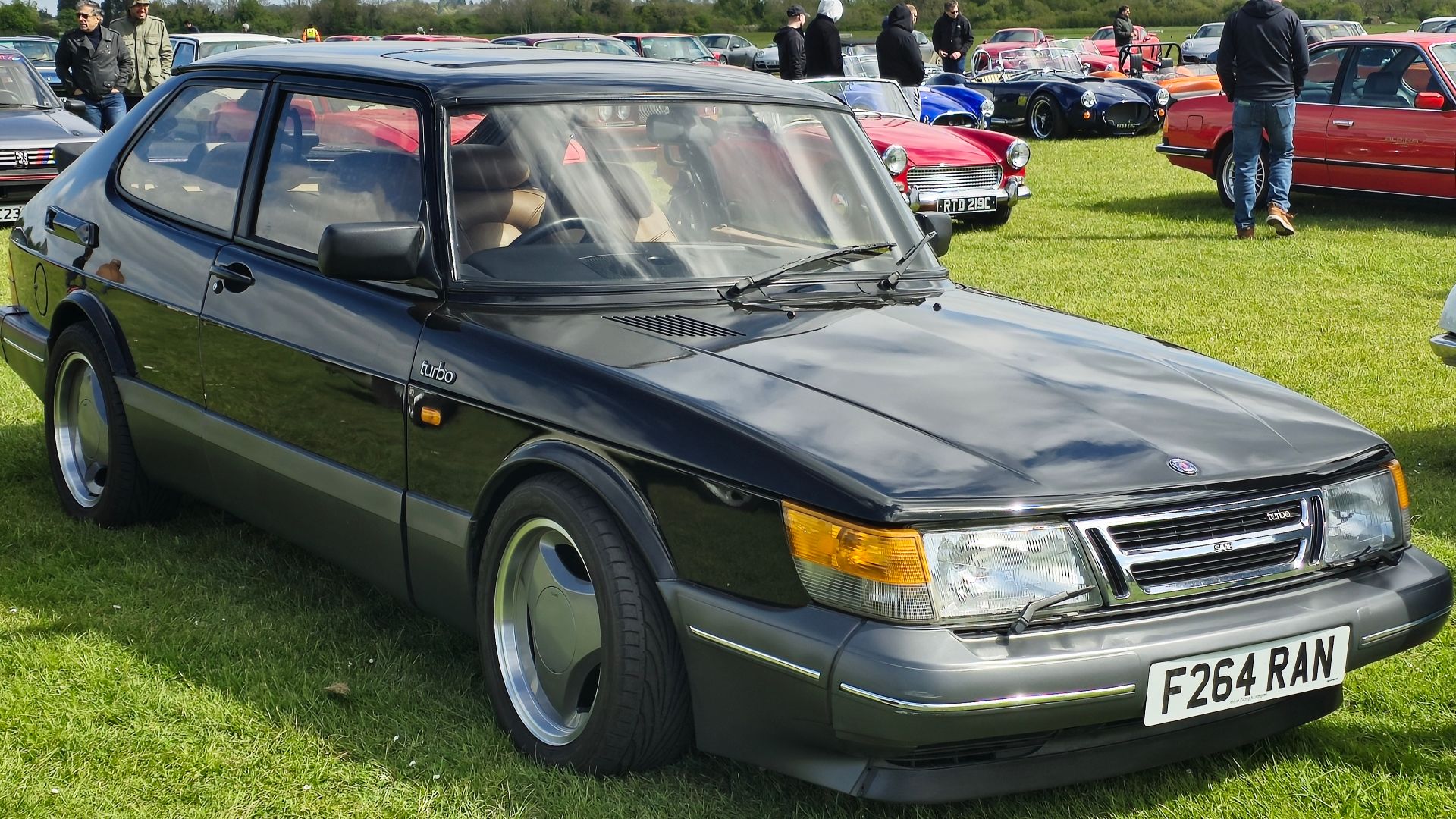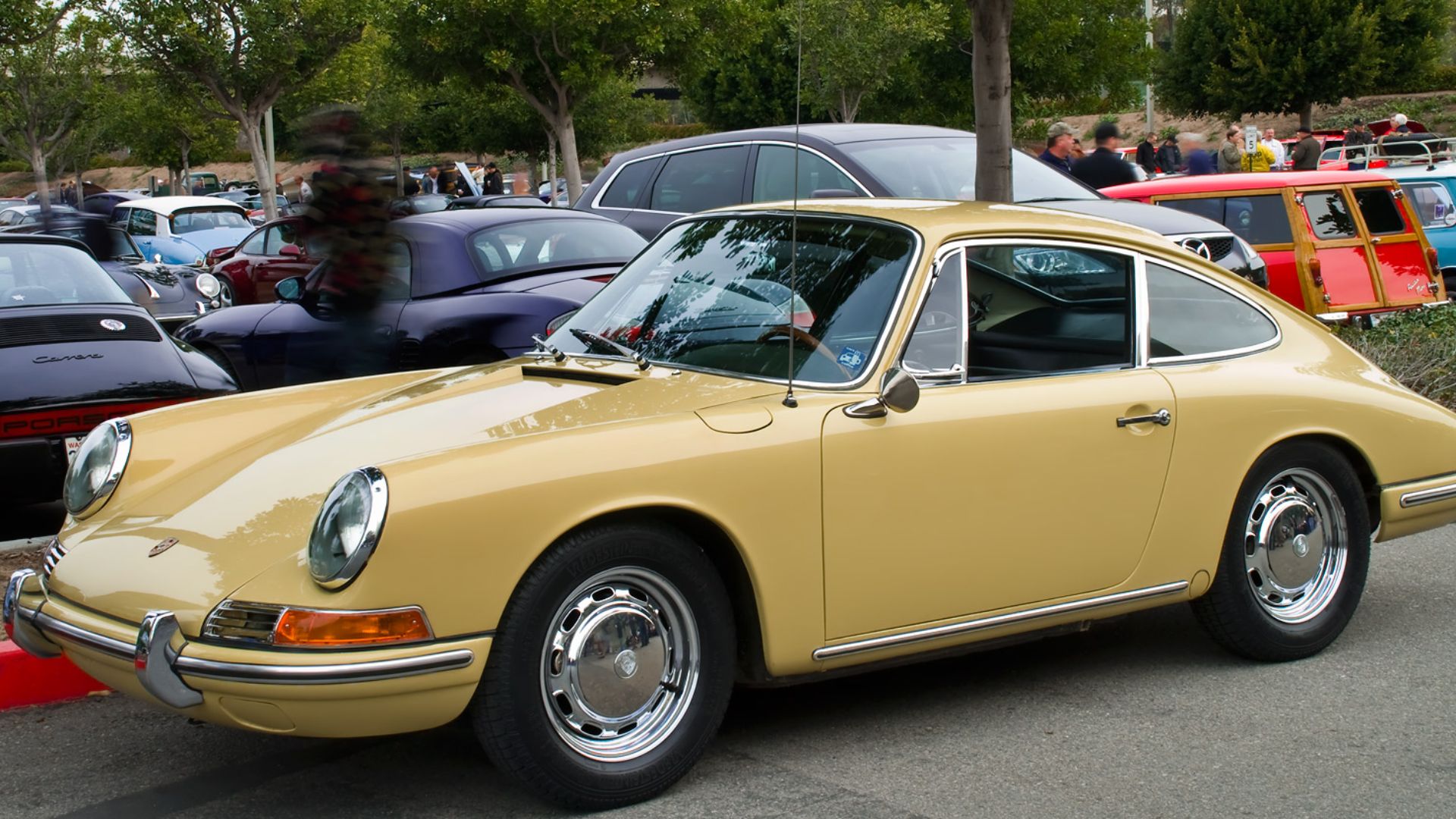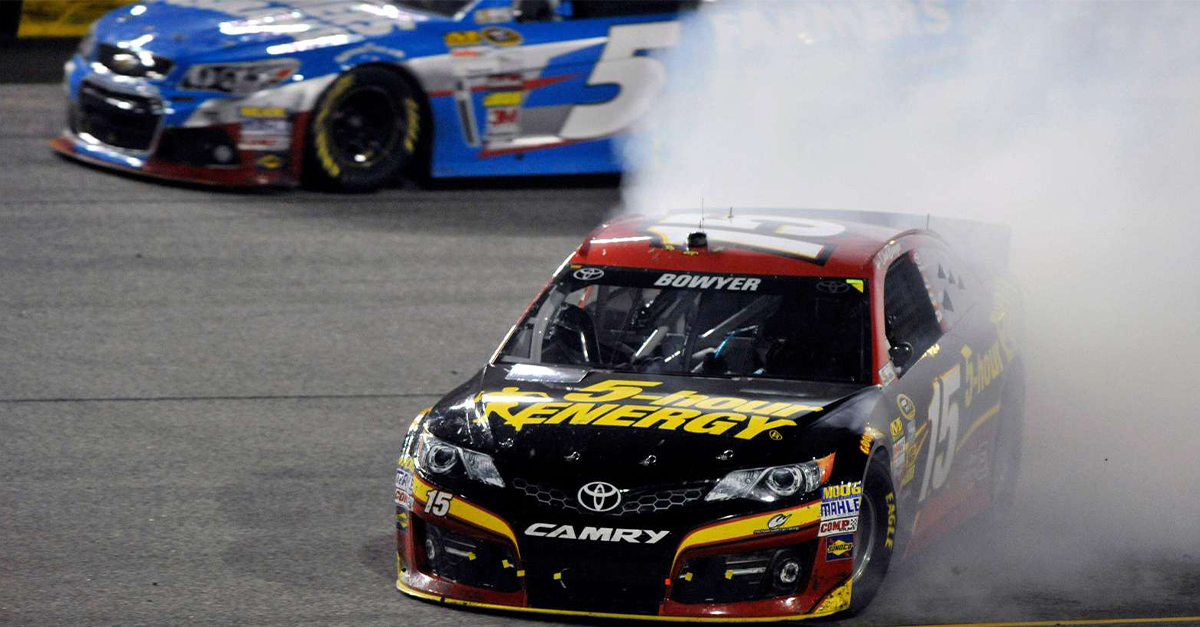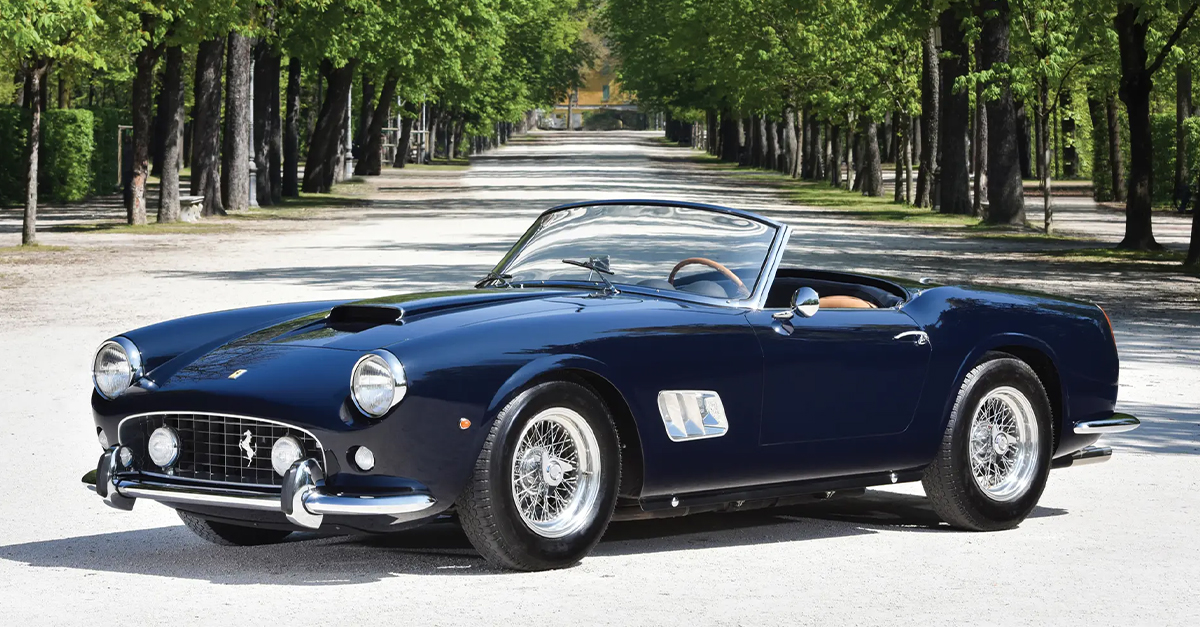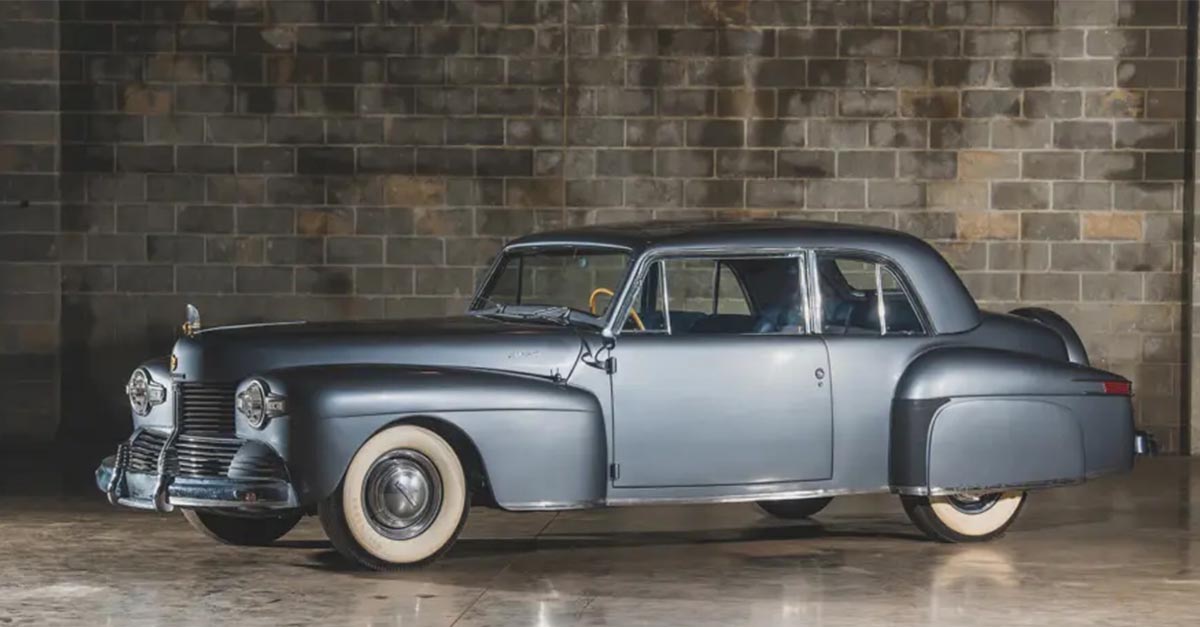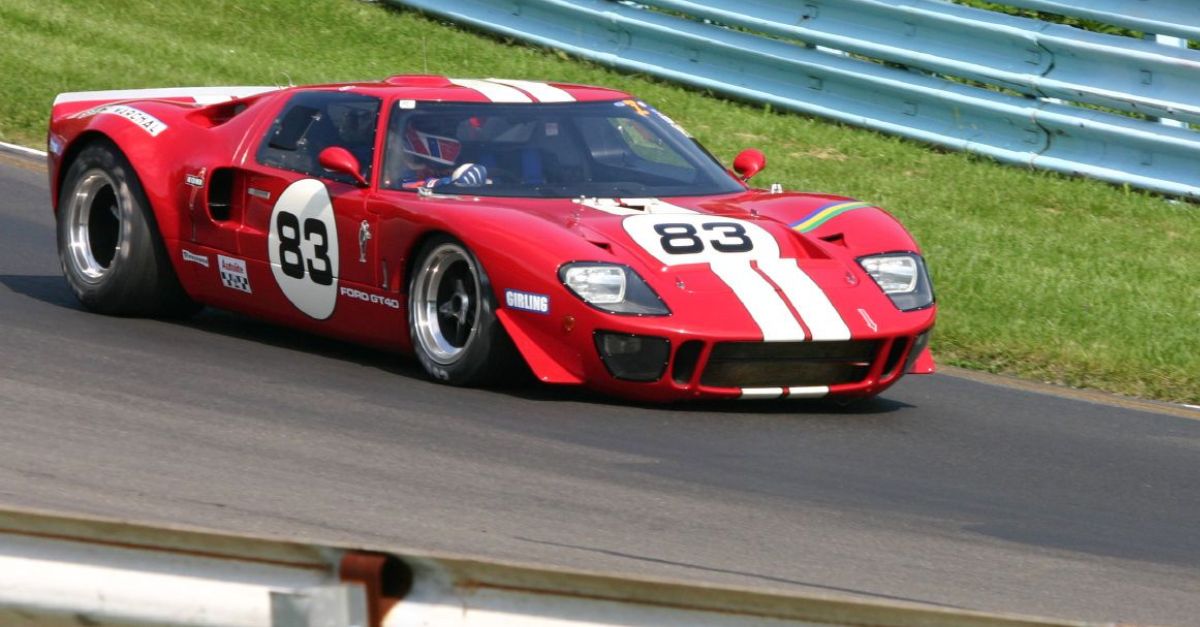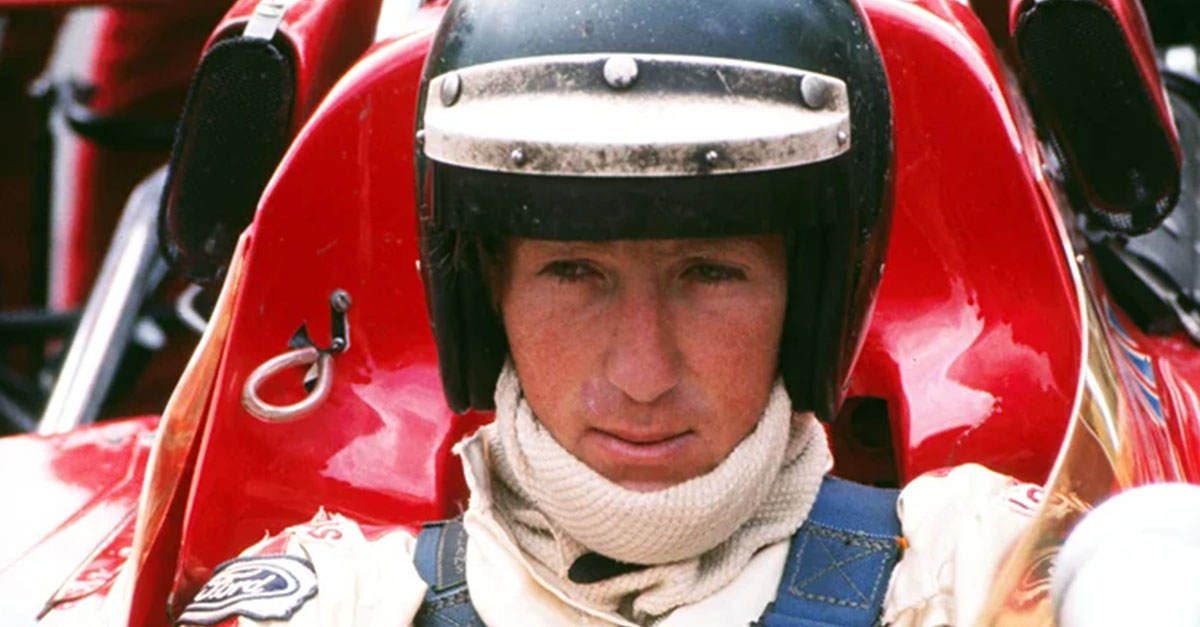Cars That Carry A Flag
A great car is more than metal. It's a product of both culture and engineering from a specific location. Each one of these iconic cars carries the imprint of its homeland, so can you guess it well?
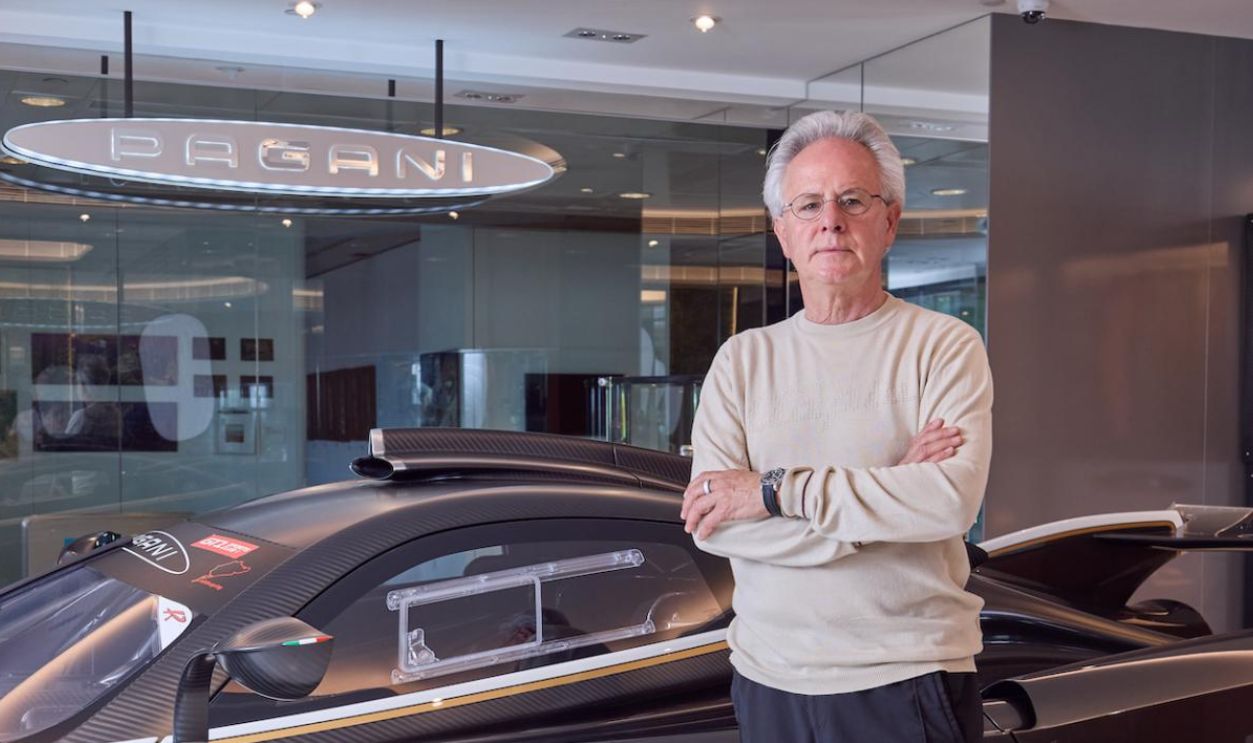
Lamborghini Miura
Designed after hours and against the policy, the Miura debuted in 1966. Its sideways V12 shocked rivals and made the mid-engine layout a defining trait of future supercars.
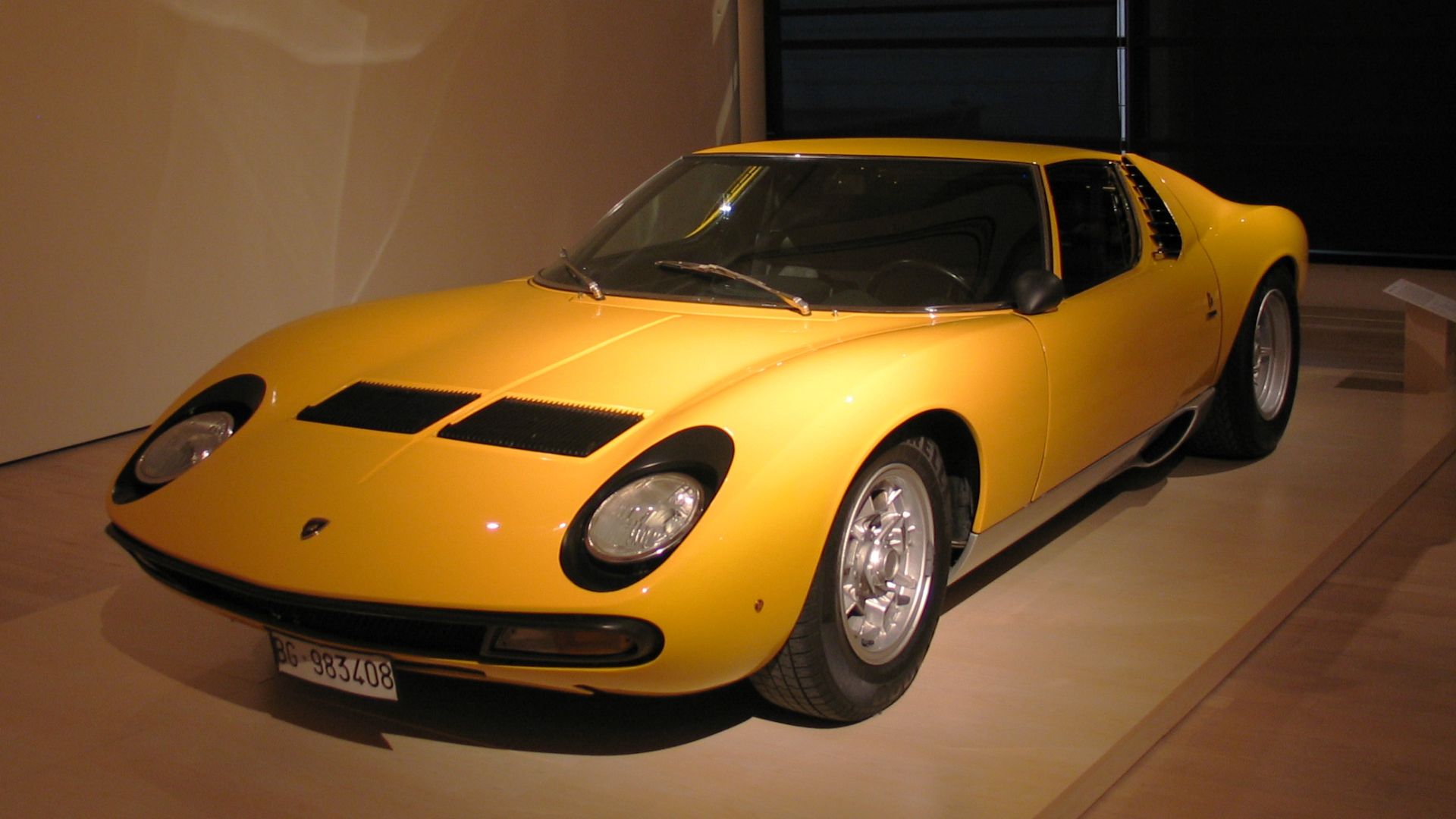 Davide Oliva from Italy, Wikimedia Commons
Davide Oliva from Italy, Wikimedia Commons
The Answer
Italy built the Miura in Sant'Agata with design input from Bertone. It merged racing tech with road car luxury by launching a new era of exotic automotive engineering.
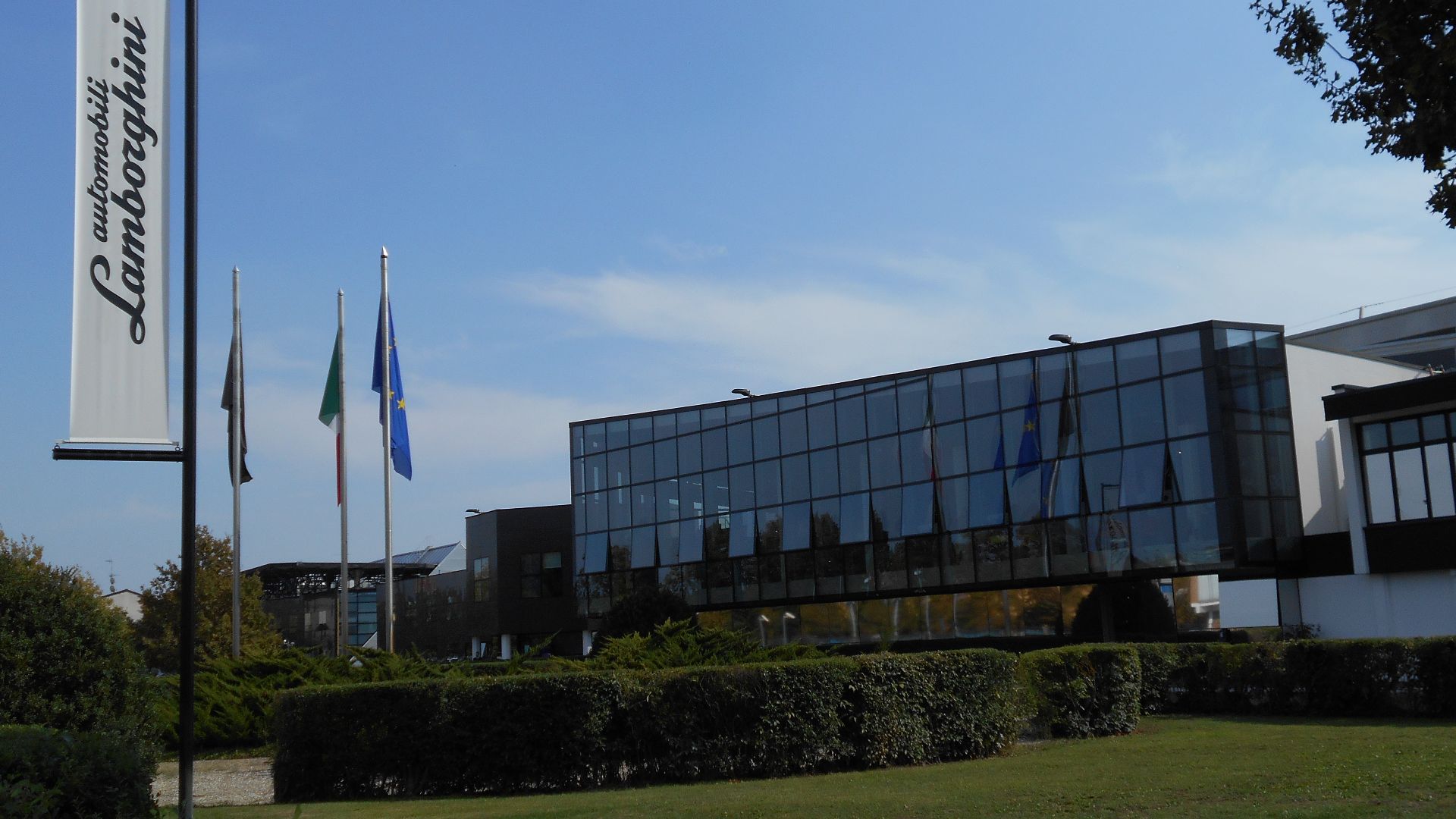 Fabrizio Pivari (Pivari.com), Wikimedia Commons
Fabrizio Pivari (Pivari.com), Wikimedia Commons
Toyota 2000GT
Co-developed with Yamaha, the 2000GT featured tight proportions and sharp handling. Its role in a Bond film turned heads, but its advanced design showed it could rival any grand tourer of its time.
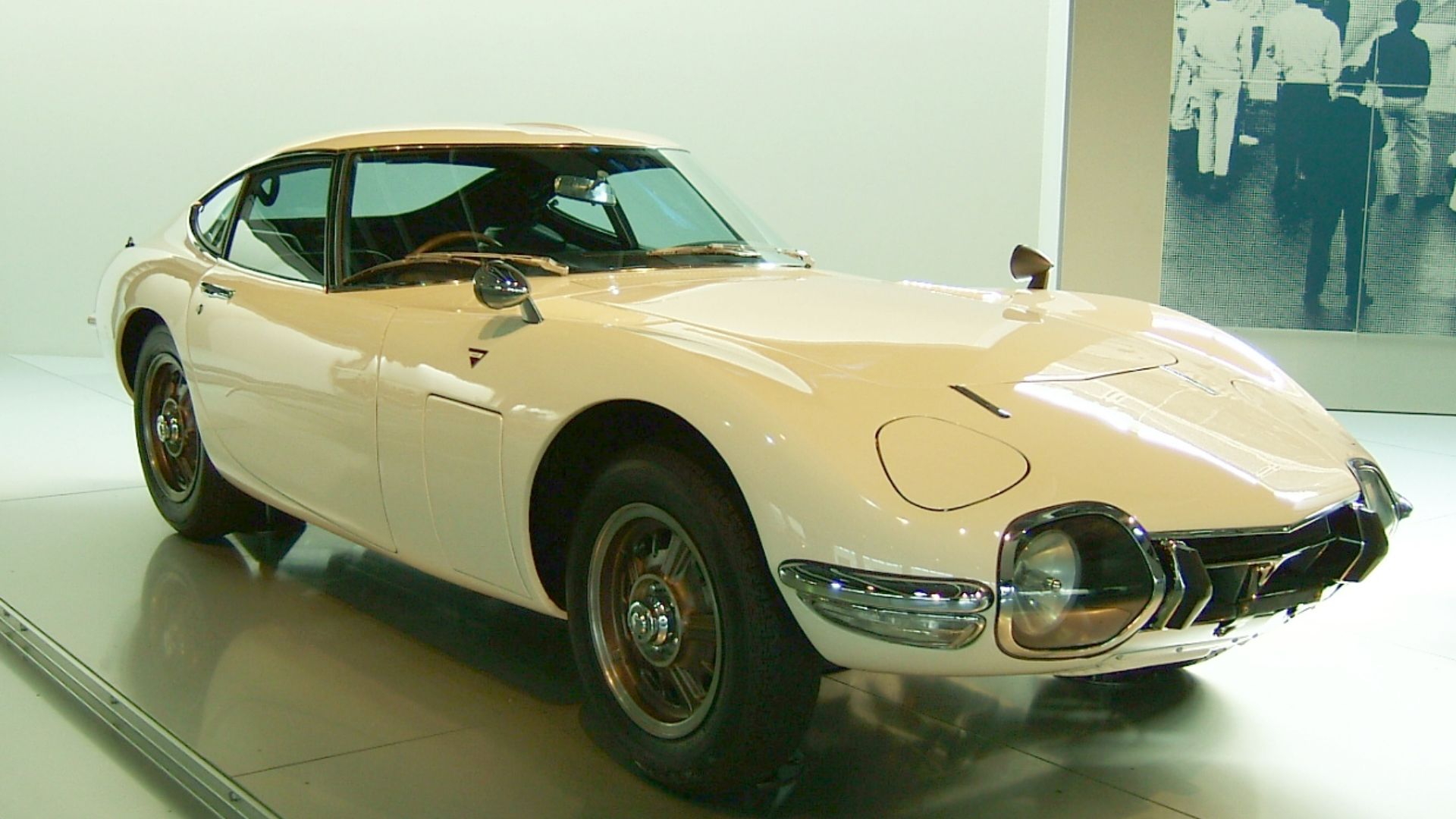 Gnsin~commonswiki, Wikimedia Commons
Gnsin~commonswiki, Wikimedia Commons
The Answer
With an aluminum body and a five-speed gearbox, the 2000GT raised the bar for performance design. Built in Japan, it entered production in 1967, which marked a pivotal step toward global engineering credibility.
 Tokumeigakarinoaoshima, Wikimedia Commons
Tokumeigakarinoaoshima, Wikimedia Commons
Volkswagen Beetle
The Beetle began as a regime order and then morphed into a symbol of postwar mobility. Its rounded shape and air-cooled engine helped it earn lasting affection worldwide.
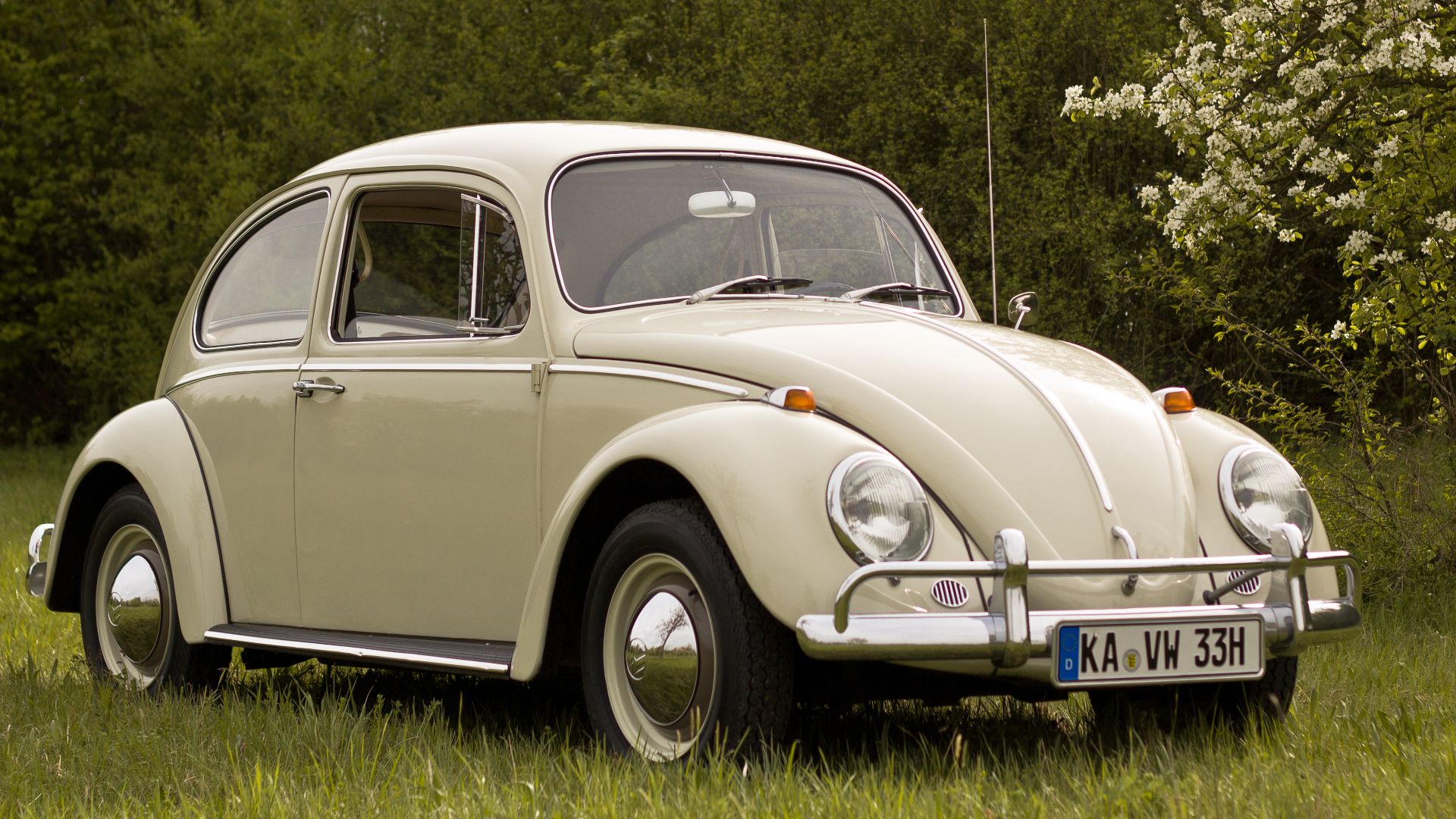 Vwexport1300, Wikimedia Commons
Vwexport1300, Wikimedia Commons
The Answer
With more than 21 million sold by 2003, the Beetle became a cultural icon. Mass production began in Wolfsburg, Germany, shortly after World War II, which cemented its place in postwar industrial recovery.
Ford GT40
Le Mans had become Ferrari's playground. However, Ford, after a failed takeover attempt, engineered a rebellion. The GT40 roared across the line in 1966 by breaking Ferrari's streak with a muscle car bred for endurance.
The Answer
With a 7.0L V8 and just 40 inches in height, the GT40 stormed Le Mans. Designed by Ford Advanced Vehicles in the US, it claimed victory four consecutive times from 1966 to 1969.
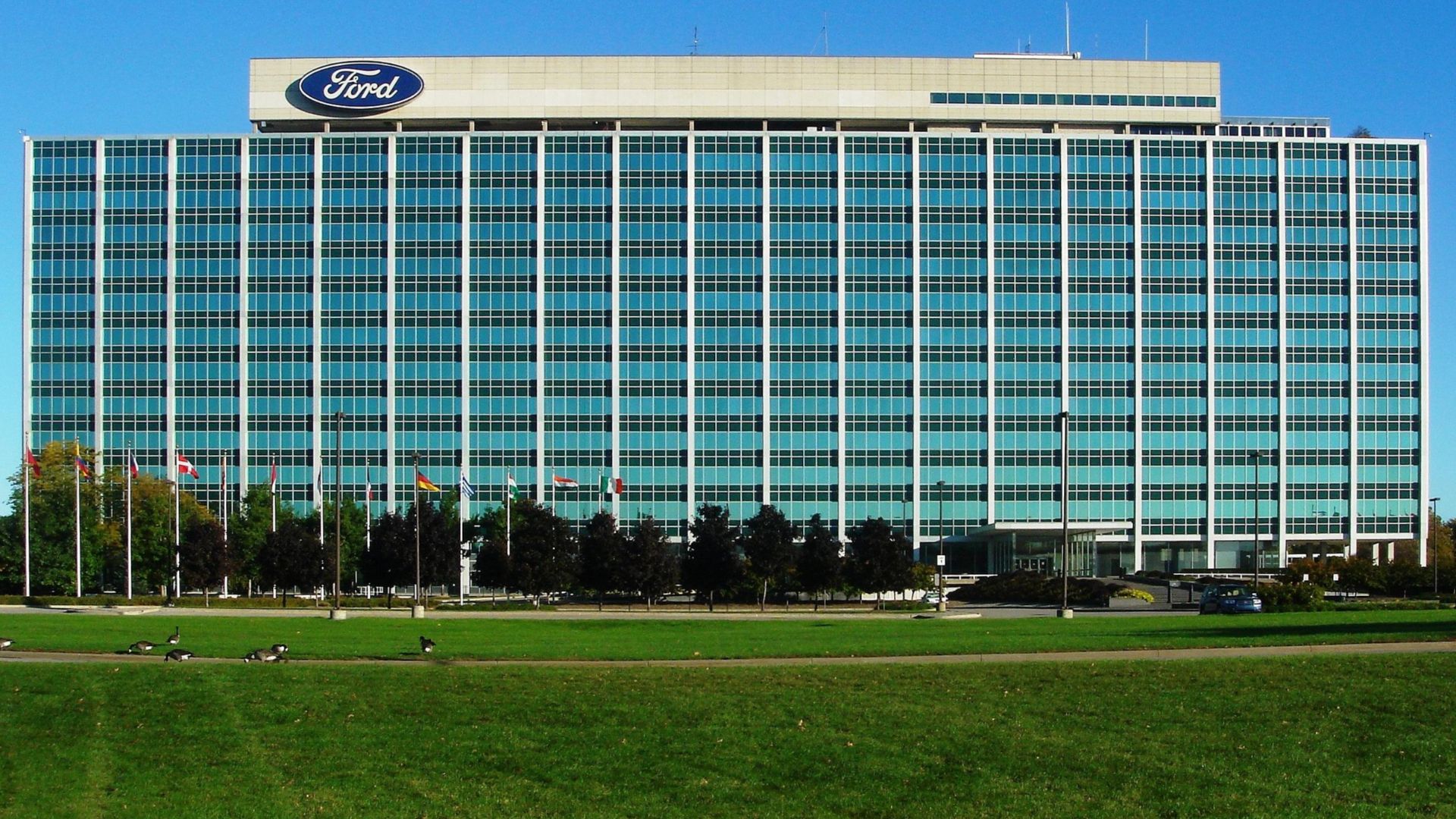 Dave Parker, Wikimedia Commons
Dave Parker, Wikimedia Commons
Citroen DS
The DS stunned crowds in 1955 with its spaceship silhouette and smooth, gliding ride. On its first day, 12,000 eager buyers placed orders, drawn by a suspension system like nothing seen before.
 Radek Weigel, Wikimedia Commons
Radek Weigel, Wikimedia Commons
The Answer
Disc brakes and hydropneumatic suspension helped the DS set new standards for comfort and ride quality. Built in France, it combined elegance with technology and became one of the most forward-thinking cars ever put into production.
Datsun 240Z
It looked fast, standing still. Introduced in 1969 with a 2.4L inline-six, the 240Z delivered performance at an affordable price. More than 160,000 were sold in the first four years.
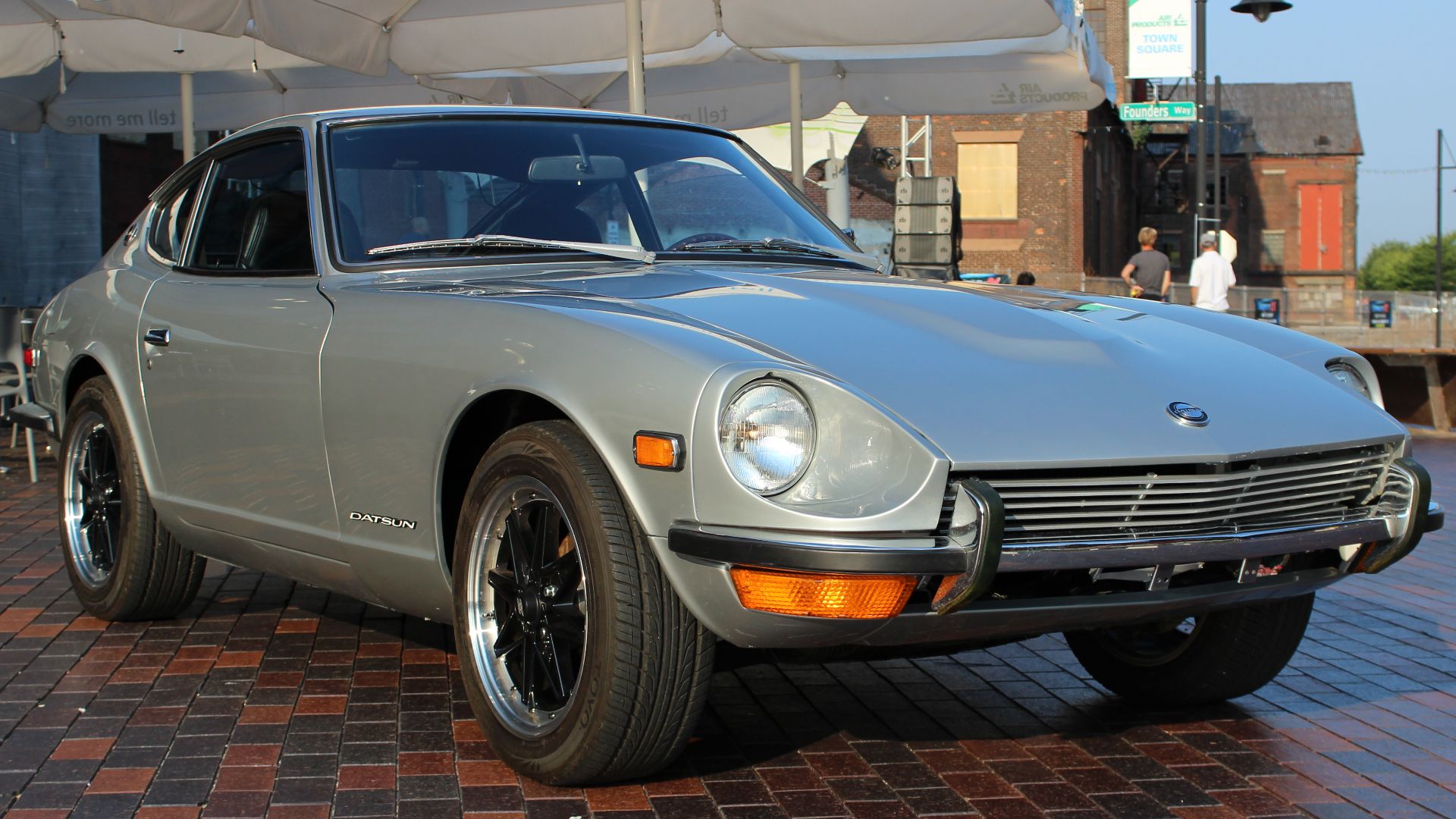 ilikewaffles11, Wikimedia Commons
ilikewaffles11, Wikimedia Commons
The Answer
Built in Japan by Nissan and sold under the Datsun name, the 240Z changed perceptions of Japanese cars. Its style and reliability gave global sports cars serious competition in the early 1970s.
Rolls-Royce Phantom
Luxury defined its identity from the beginning, and it remained central throughout. Since its 1925 origins, the Phantom has evolved into a bespoke centerpiece for those who value quiet and rolling prestige.
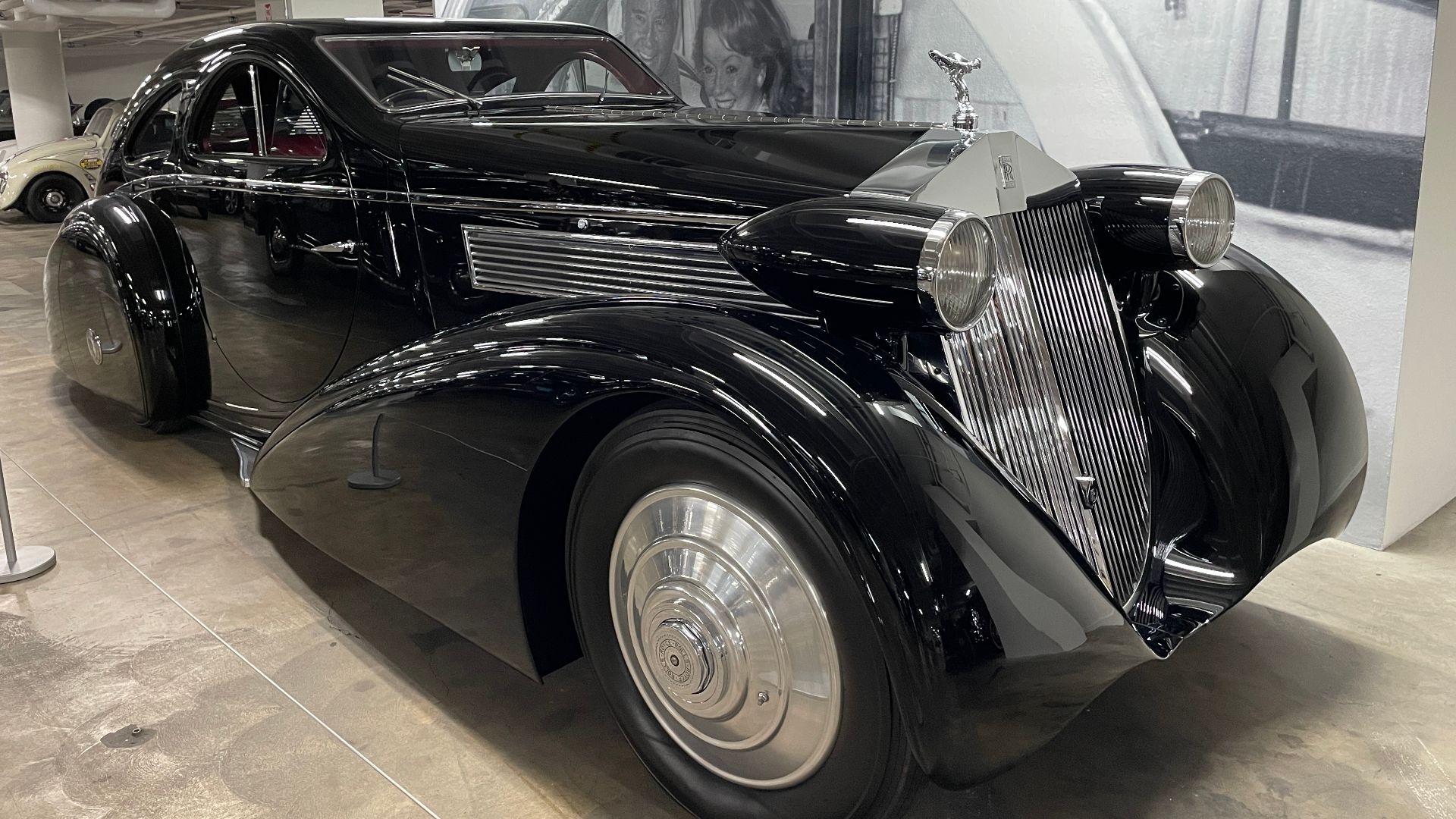 Nan Palmero, Wikimedia Commons
Nan Palmero, Wikimedia Commons
The Answer
The Phantom is crafted in the United Kingdom with obsessive attention to detail. Hand-built to customer specifications, it remains a benchmark for refined motoring at the highest echelon.
 J.Hannan-Briggs , Wikimedia Commons
J.Hannan-Briggs , Wikimedia Commons
Renault 5 Turbo
Originally built to race, this small hatchback packed a punch. Debuting in 1980, it pushed nearly 160 hp through a mid-mounted engine and changed a compact commuter into a Group B contender.
The Answer
France created the Renault 5 Turbo as a rally-ready version of the basic Renault 5 hatchback. Homologation rules turned it into a limited-production legend that combined short-wheelbase handling with turbocharged ferocity.
Chevrolet Corvette C1
The first Corvette was introduced in 1953 with an inline-six engine and a fiberglass body. Only 300 were produced that year. Still, it laid the foundation for what would grow into a signature sports car.
The Answer
Born in the United States, the Corvette C1 blended aviation-inspired curves with new materials. Its use of fiberglass set it apart as the country's boldest sports car concept of the postwar era.
Koenigsegg Jesko
There's no wasted motion here. Powered by a 5.0L twin-turbo V8 and capable of 1,600 hp on E85, the Jesko features active aerodynamics and a transmission unlike anything else on the road.
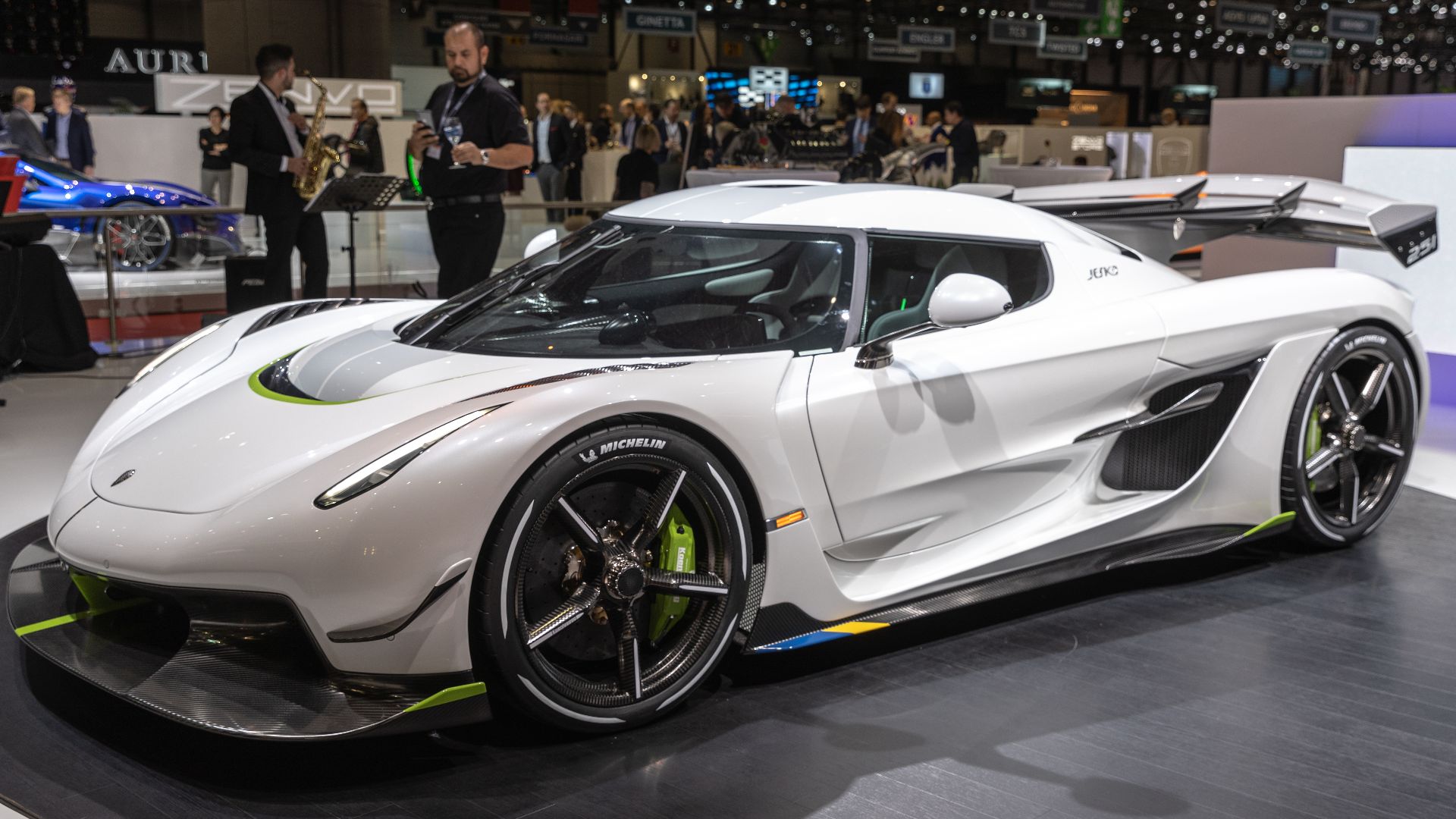 Matti Blume, Wikimedia Commons
Matti Blume, Wikimedia Commons
The Answer
Built in Sweden by Koenigsegg, the Jesko is a hypercar engineered for both top speed and downforce. Every system was developed in-house, reflecting the company's commitment to delivering original, unrelenting performance solutions.
Fiat 500 (Cinquecento)
Measuring just under three meters, the 500 was designed for movement, not display. Launched in 1957 with an air-cooled twin-cylinder engine, it quickly became a compact emblem of accessible mobility for millions.
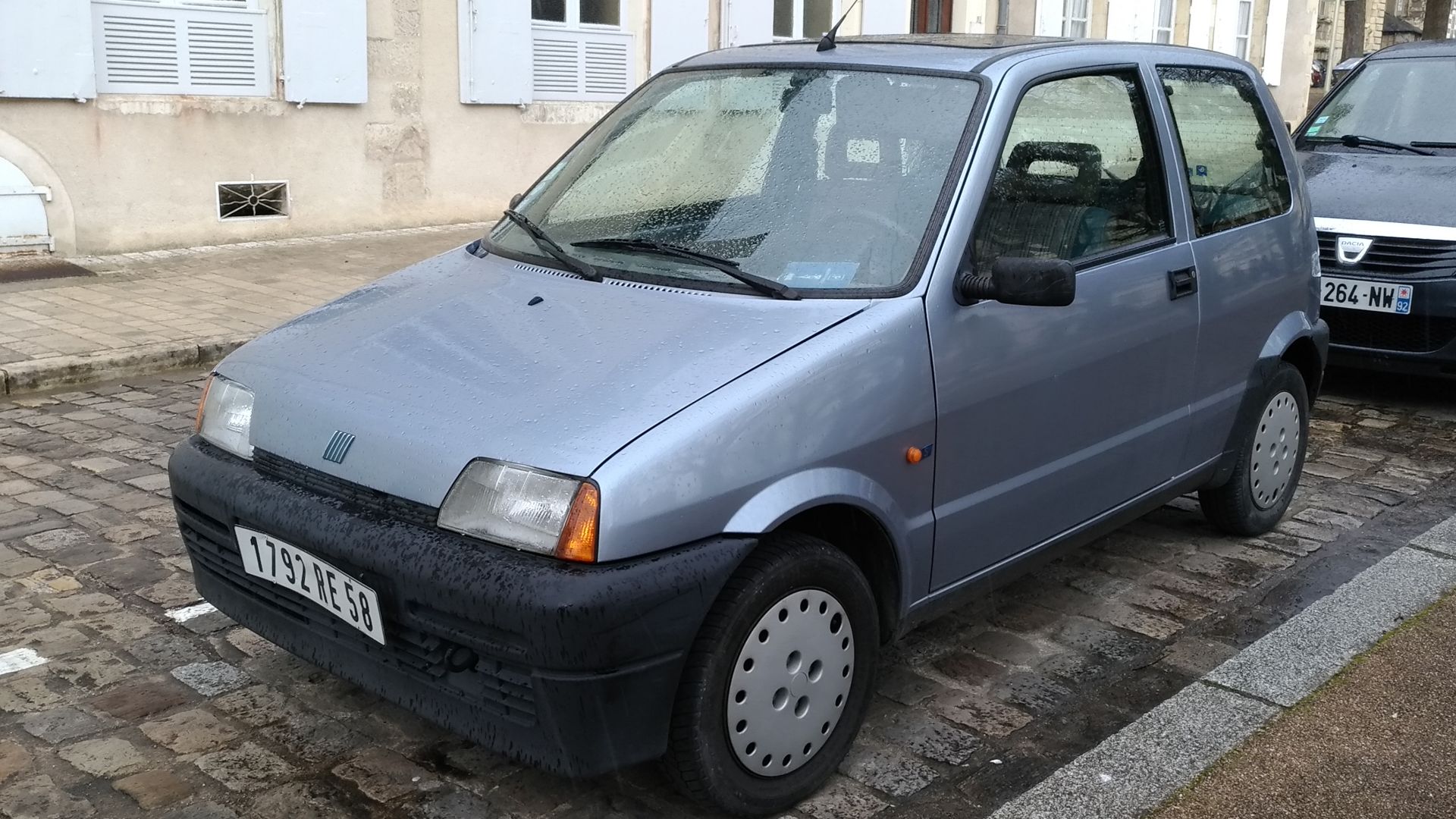 Guillaume Vachey from Chalon sur Saone, France, Wikimedia Commons
Guillaume Vachey from Chalon sur Saone, France, Wikimedia Commons
The Answer
Italy introduced the Fiat 500 as a practical solution to urban congestion. Its low cost and clever packaging turned it into a postwar icon of efficient European transportation and enduring automotive charm.
 Bruce The Deus, Wikimedia Commons
Bruce The Deus, Wikimedia Commons
Aston Martin DB5
Presence came before gadgets. Introduced in 1963 with a 4.0L inline-six, the DB5 exuded quiet elegance, and its role in Goldfinger changed it into a symbol of cinematic espionage.
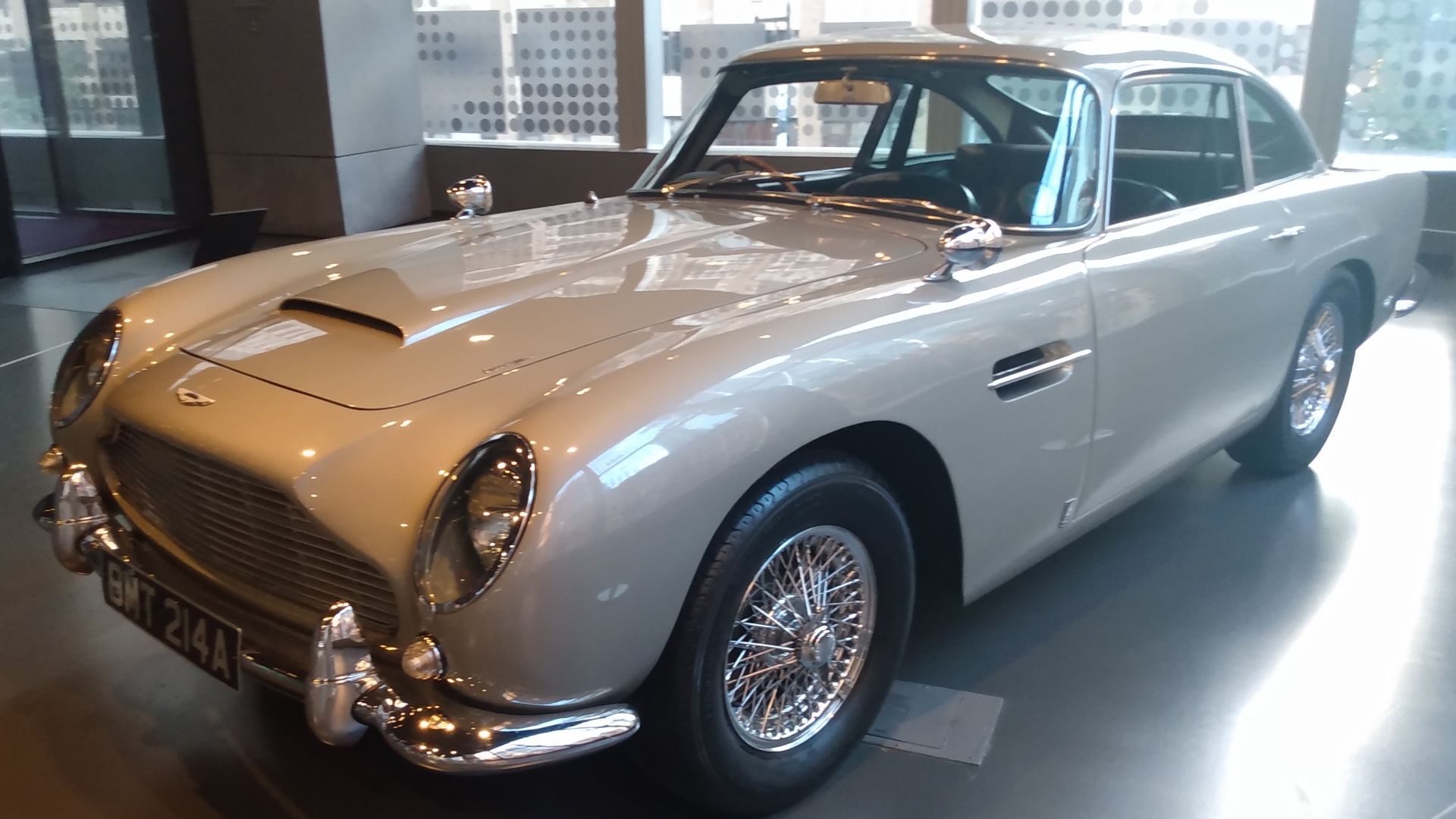 DestinationFearFan, Wikimedia Commons
DestinationFearFan, Wikimedia Commons
The Answer
Hand-built in the United Kingdom, the DB5 combined British art with refined aggression. Bond's favorite car became a lasting emblem of sophistication both onscreen and off.
 Bertel Schmitt, Wikimedia Commons
Bertel Schmitt, Wikimedia Commons
Hyundai Pony
Giugiaro's lines and Mitsubishi's drivetrain made the Pony possible, but its story began in 1975 as the nation's first mass-produced car. It marked a turning point from local assembly to global ambition.
The Answer
South Korea launched the Pony to spark industrial progress. Hyundai's transition from licensor to automaker marked a new chapter in the country's economic ascent and paved the way for international exports.
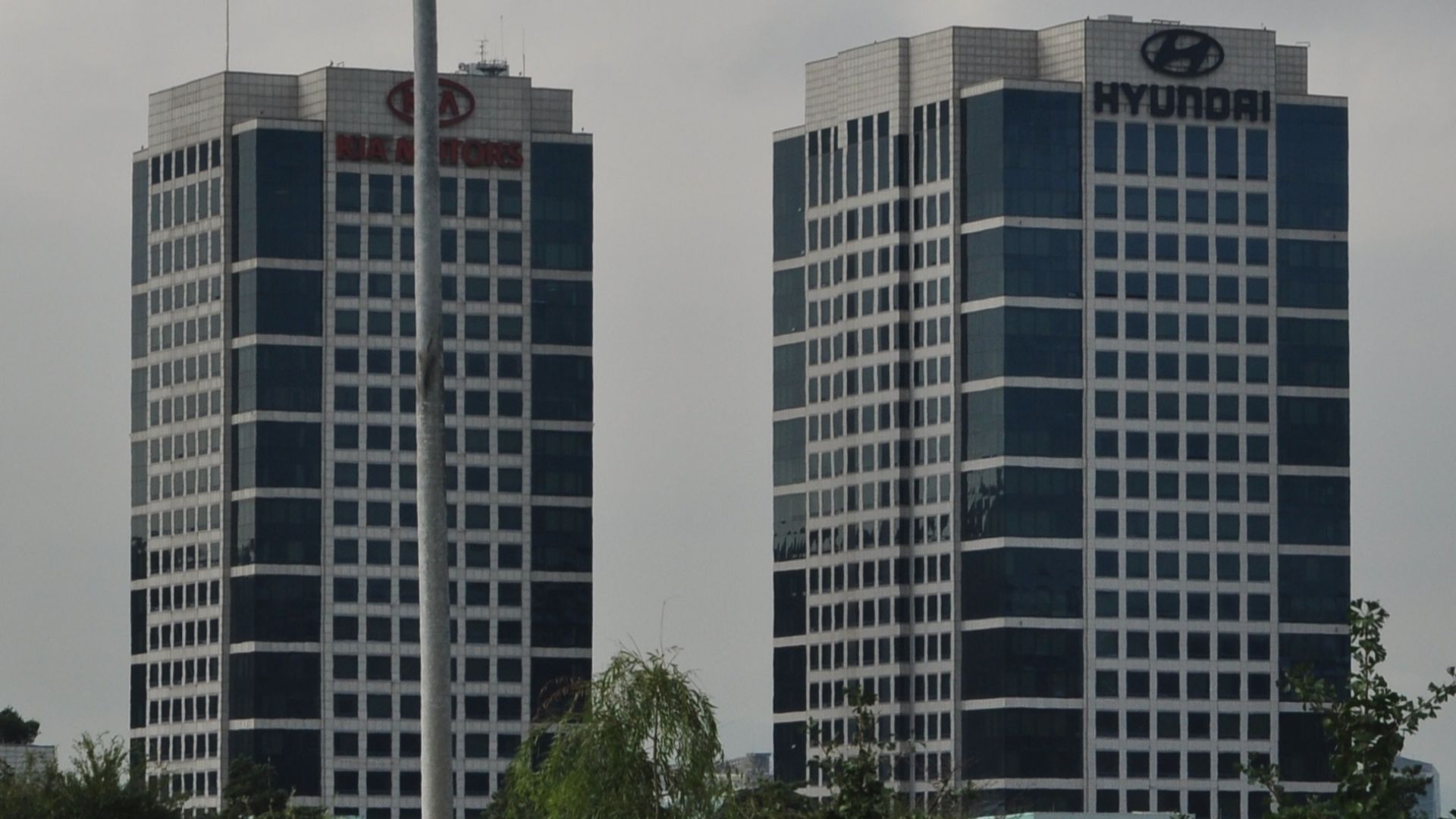 HappyMidnight, Wikimedia Commons
HappyMidnight, Wikimedia Commons
Tatra 87
Streamlined and oddly great, the Tatra 87 defied its time. Released in 1936, it featured a rear-mounted V8 and a drag coefficient lower than many cars built 50 years later.
The Answer
The Czech-built Tatra 87 pioneered aerodynamic design by uniting rear-mounted engineering with a teardrop silhouette. It merged form and function years before those principles shaped the direction of the global car industry.
Mazda MX-5 Miata NA
No car chased joy more directly. Debuting in 1989 with a 1.6L inline-four and barely 2,200 pounds to carry, the Miata revived the spirit of the classic roadster with precise balance and pure intent.
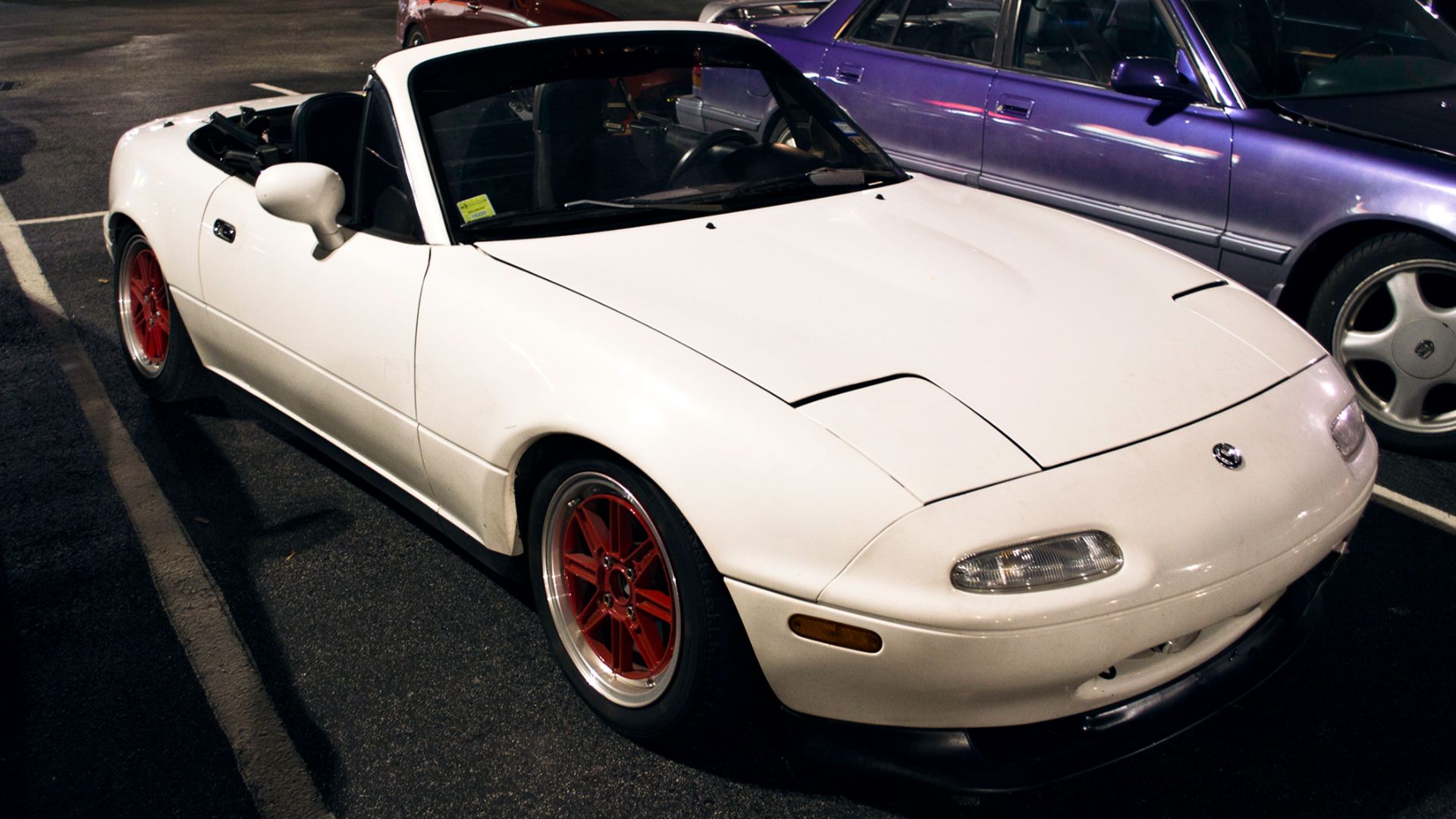 Michael Price from Houston, USA, Wikimedia Commons
Michael Price from Houston, USA, Wikimedia Commons
The Answer
Japan delivered the MX-5 to the world stage with modest power and brilliant poise. Its lightweight frame and affordability inspired generations of drivers to fall in love with open-air motoring again.
BMW M3 E30
Race-ready straight from the factory, the E30 M3 debuted in 1986 with a high-revving 2.3L S14 engine. Its box flares and motorsport pedigree made it a street-legal touring car legend.
The Answer
Shaped by racing rules and defined by precision, the E30 M3 set a new standard for performance sedans. Engineered in Germany for DTM homologation, it laid the foundation for an entire segment to follow.
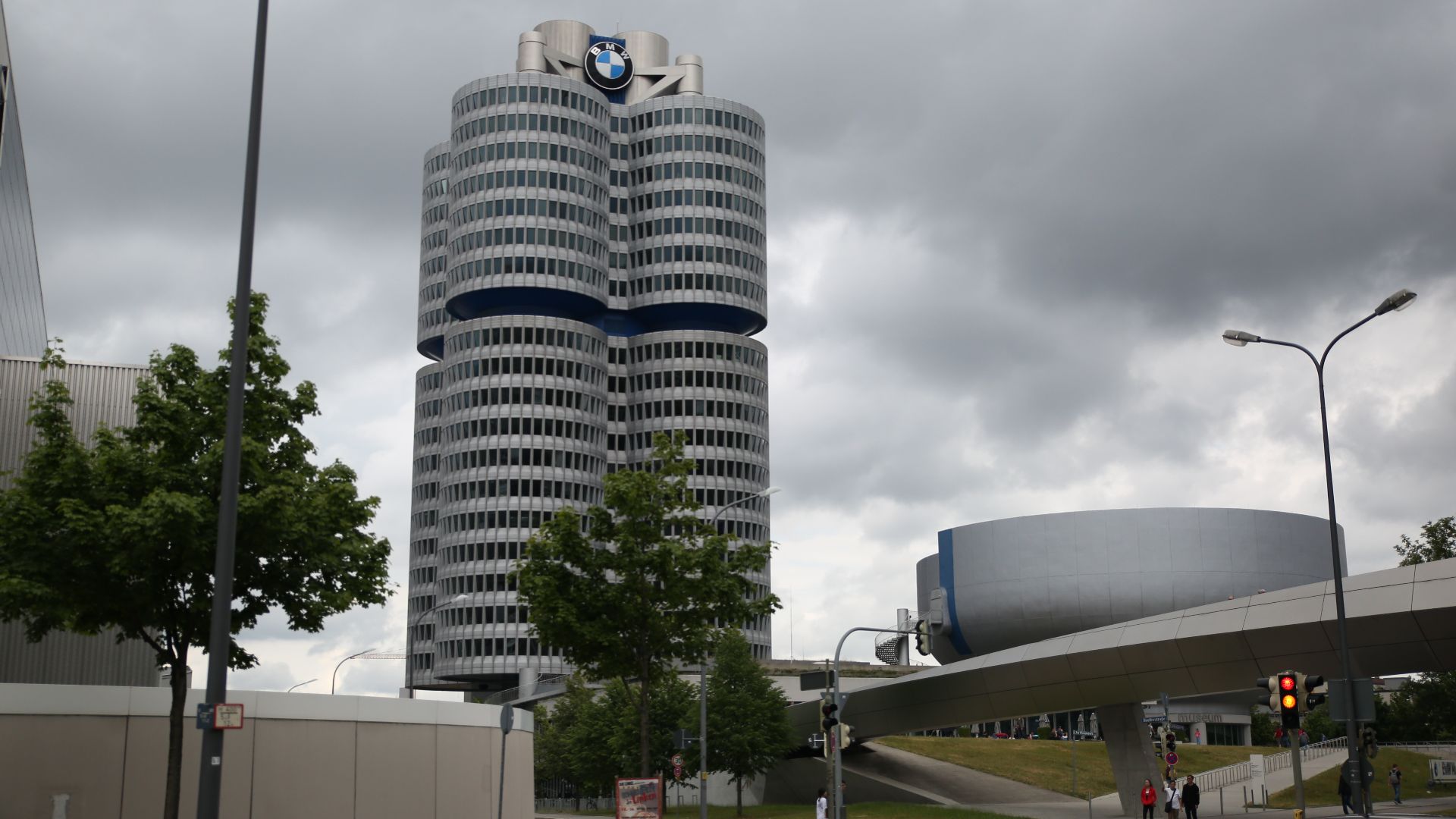 Tamer.Aburabah, Wikimedia Commons
Tamer.Aburabah, Wikimedia Commons
Volvo P1800
Its curves were drawn in Italy, but its endurance was proven on the road. First released in 1961, the P1800 gained fame through The Saint and a record-breaking 3-million-mile lifespan.
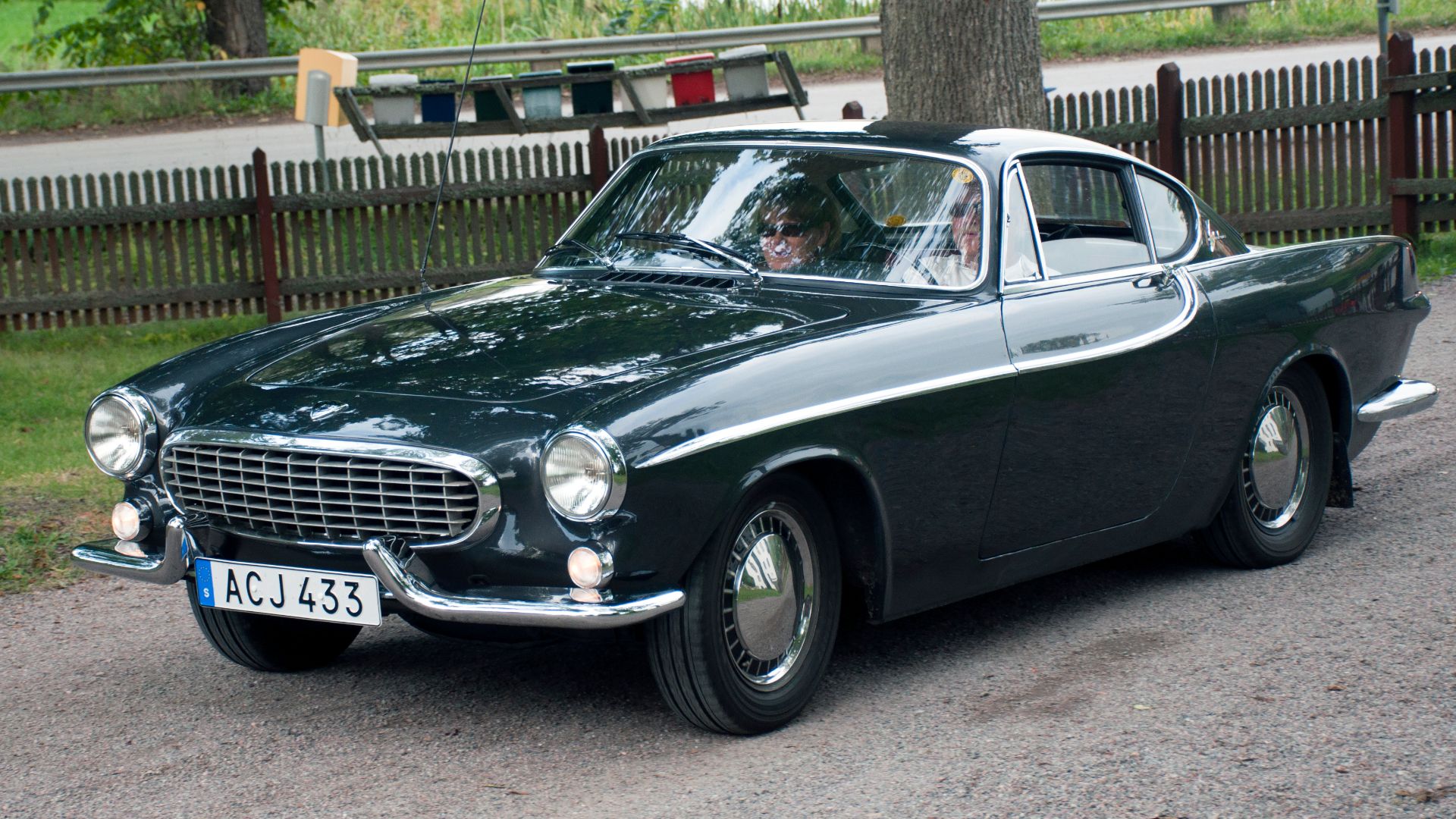 Staffan Andersson, Wikimedia Commons
Staffan Andersson, Wikimedia Commons
The Answer
Sweden produced the P1800 with a focus on durability. Styled in Turin but assembled under Volvo's watch, it became a symbol of long-haul dependability wrapped in a distinctly elegant silhouette.
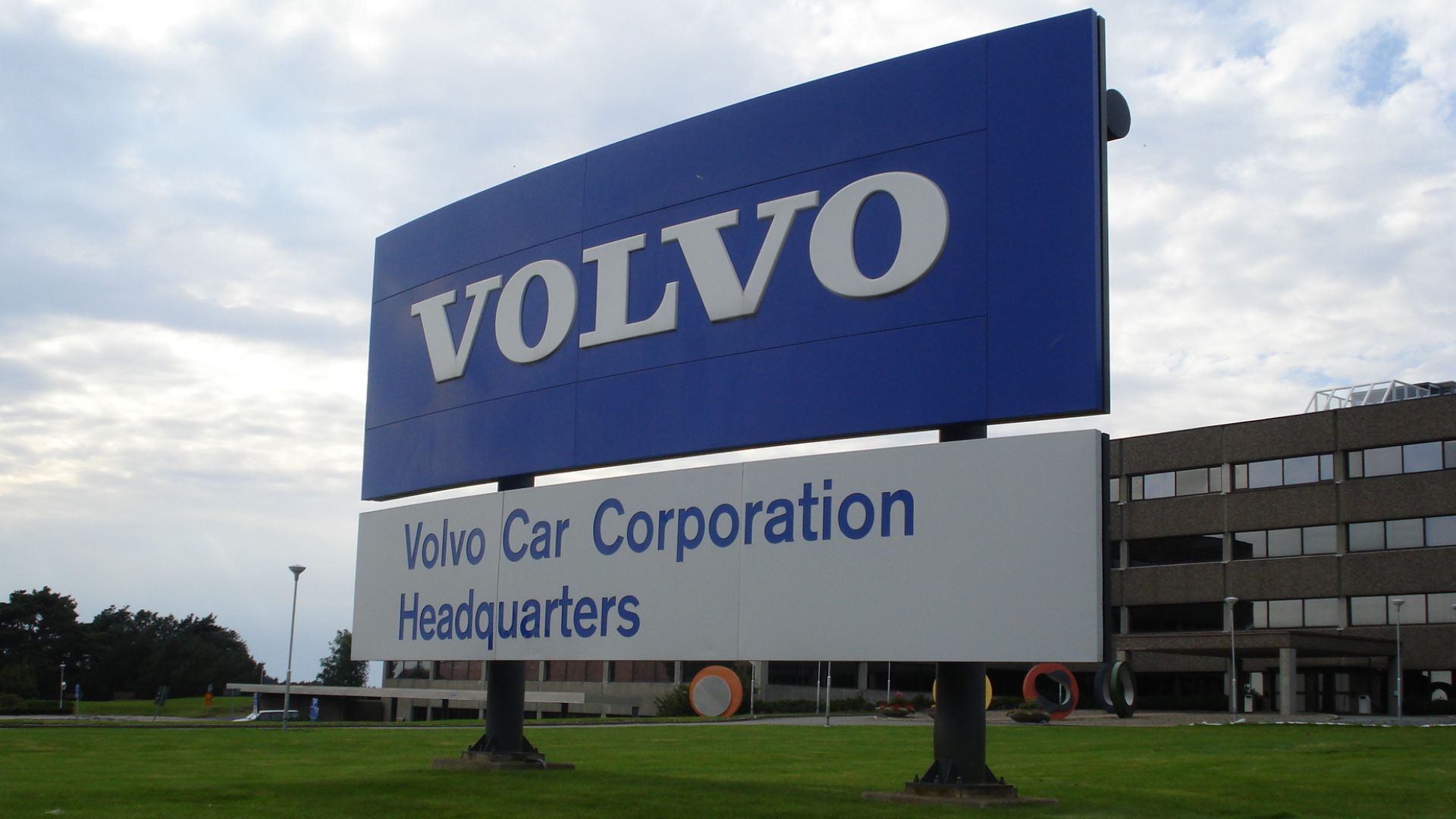 Christopher Persson, Wikimedia Commons
Christopher Persson, Wikimedia Commons
Peugeot 205 GTI
Introduced in 1984 with a 1.6L or 1.9L engine, the 205 GTI stunned critics by outperforming its turbocharged rivals. It earned its status as Europe's benchmark hot hatch through balance and surprising pace.
 Kieran White from Manchester, England, Wikimedia Commons
Kieran White from Manchester, England, Wikimedia Commons
The Answer
Peugeot's sharp engineering shaped the 205 GTI into a standout performer. From France, it conquered magazine tests and tight corners with a responsive chassis and punchy handling that drivers praised through the 1980s and 1990s.
Pontiac Firebird Trans Am
From its shaker hood to its Hollywood fame, the second-generation Firebird Trans Am packed a 6.6L V8 and the charisma to match. Few cars made decals and exhaust notes this iconic.
The Answer
The United States made the Firebird Trans Am a muscle car with cinematic flair. Under Pontiac, it balanced power with pop culture, especially after Smokey and the Bandit immortalized it onscreen.
 WeaponizingArchitecture, Wikimedia Commons
WeaponizingArchitecture, Wikimedia Commons
Pagani Zonda
Built like a sculpture and powered like fury, the Zonda first launched in 1999 with an AMG V12. Each unit used carbon fiber extensively, giving this hand-built hypercar both rarity and resilience.
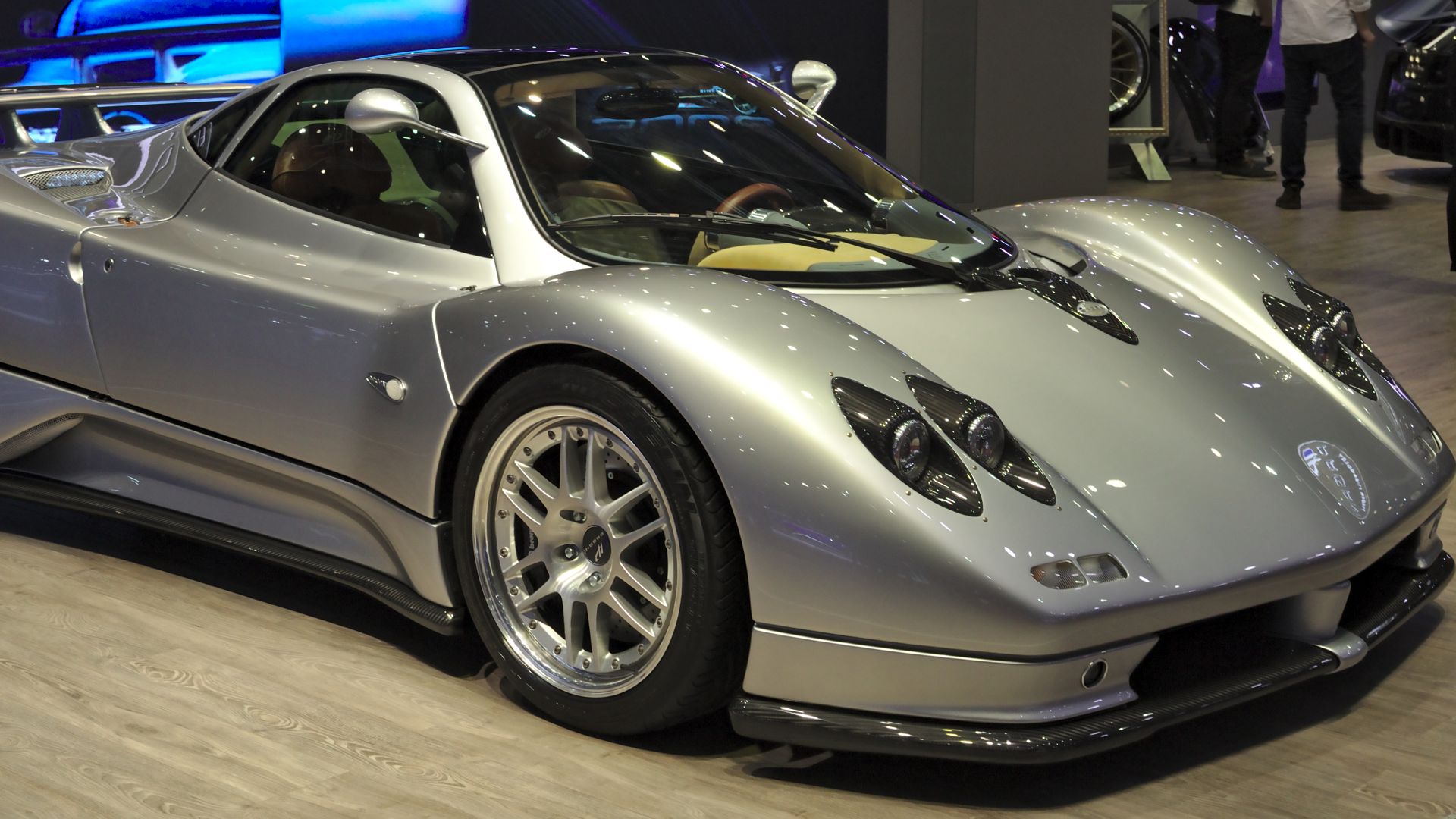 Alexander Migl, Wikimedia Commons
Alexander Migl, Wikimedia Commons
The Answer
Only about 140 were made, yet the Zonda stood apart immediately. Developed under Horacio Pagani's direction in Modena, Italy, it became a benchmark for bespoke performance through obsessive design and elite artistry.
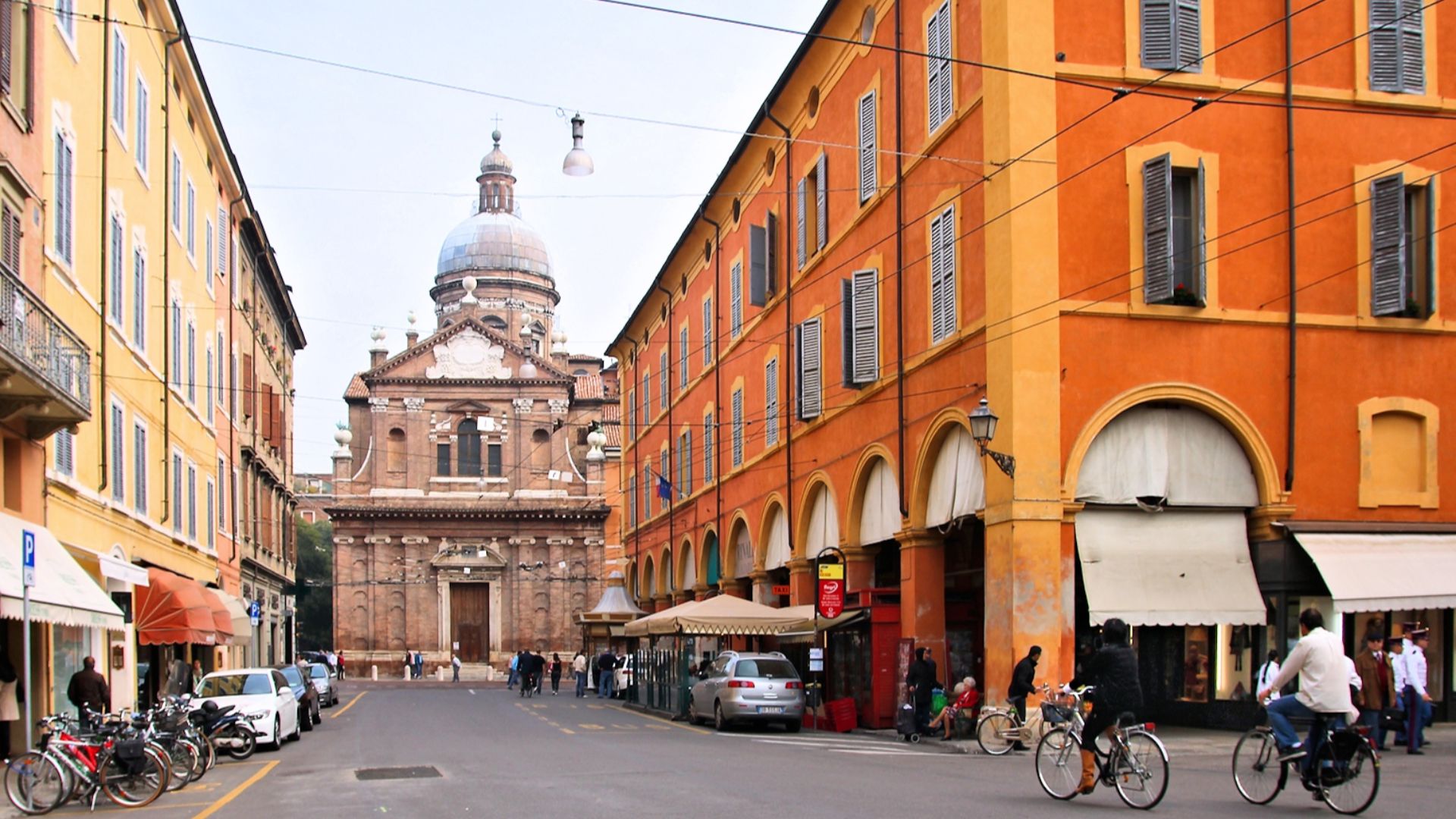 Marek Ślusarczyk (Tupungato) Photo gallery, Wikimedia Commons
Marek Ślusarczyk (Tupungato) Photo gallery, Wikimedia Commons
SAAB 900 Turbo
Angular yet aerodynamic, the 900 Turbo arrived in 1978 with front-wheel drive and a turbocharged engine. Its unique shape and cold-weather confidence made it a cult favorite in northern climates.
The Answer
SAAB applied aerospace expertise to design the 900 Turbo with an emphasis on control, safety, and stability. In Sweden, turbocharging became a key element in their unified approach to performance and everyday usability.
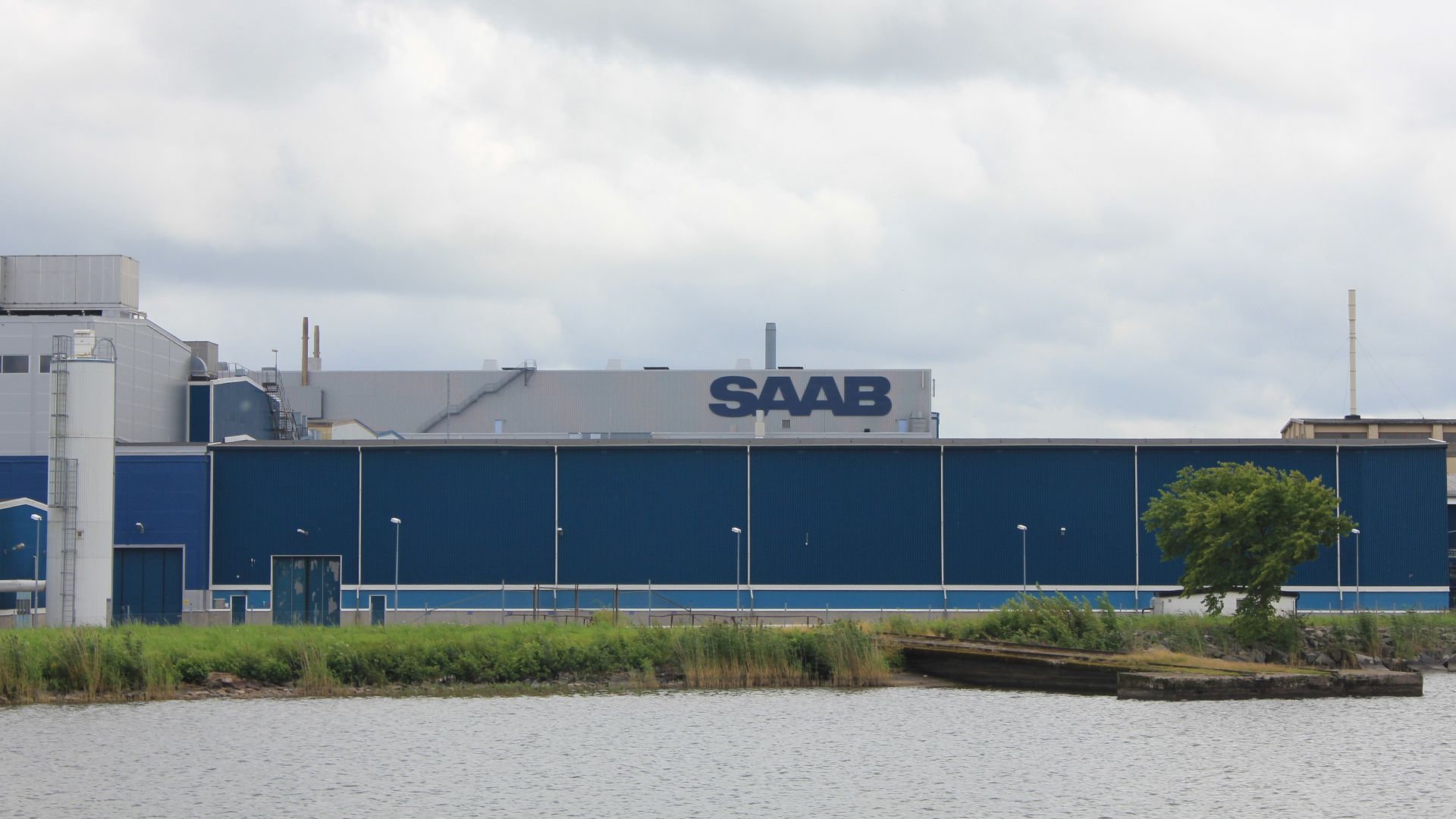 Oyvind Holmstad, Wikimedia Commons
Oyvind Holmstad, Wikimedia Commons
Porsche 911 (1964)
Its engine layout was unusual, its cooling system even more so, and its handling broke with tradition. When the 911 launched in 1964, it earned legendary status by defying convention at every turn.
The Answer
Germany created the Porsche 911 with a focus on longevity and track-tested feedback. Its rear-engine layout and air-cooled flat-six engine defined the brand for decades, making it one of the most enduring sports cars ever built.
 Moayad Abuawad, Wikimedia Commons
Moayad Abuawad, Wikimedia Commons

